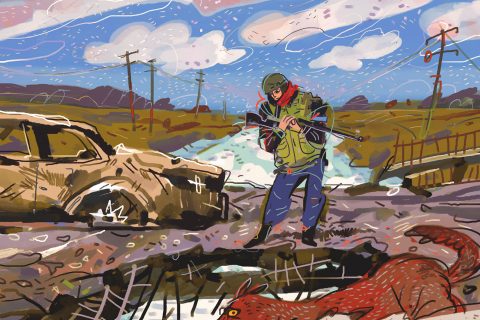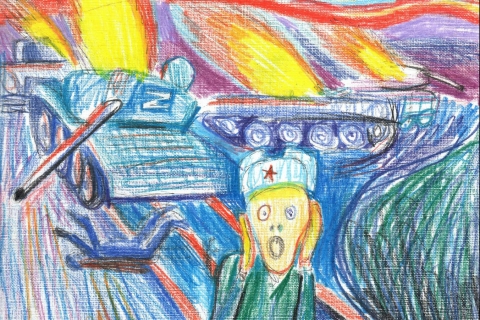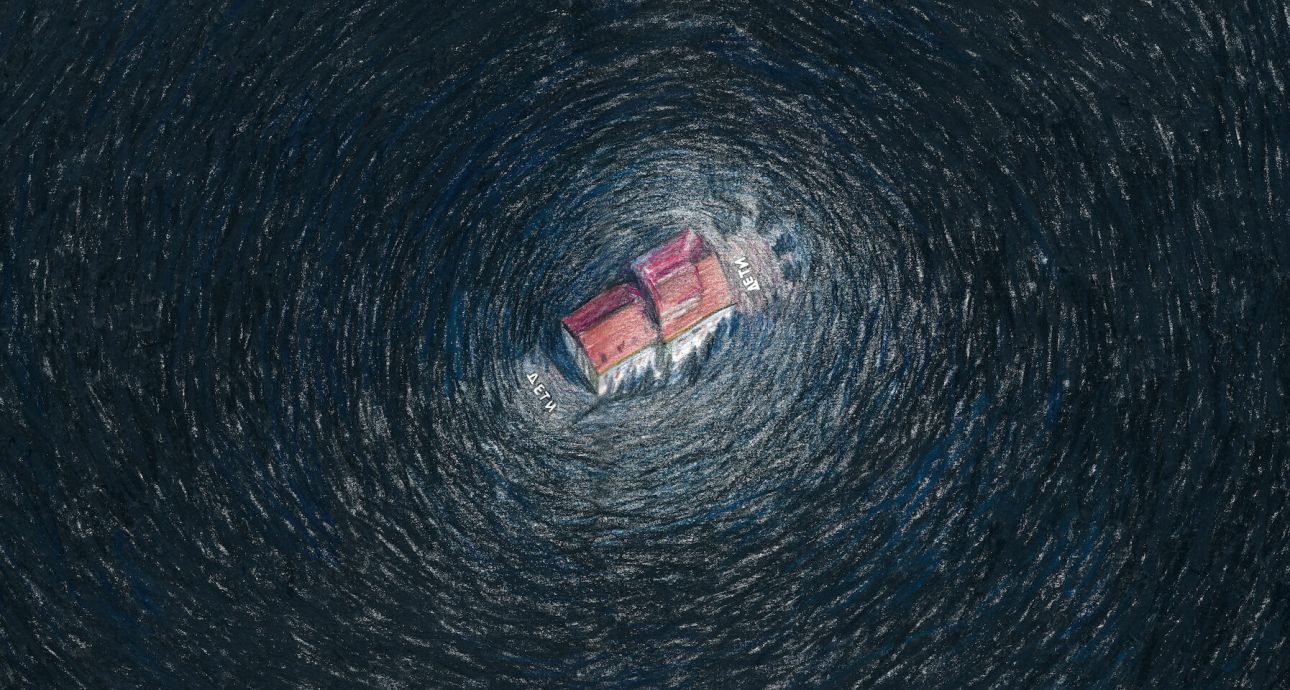
The Wall Has Risen Between Us: Mitya Fenechkin’s Illustrations
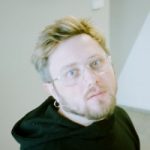
Ukrainian artist and illustrator. Studied design at the National University of Shipbuilding in Mykolaiv. Created cover art for such bands as Okean Elzy, Orkestr Che, VGNVZH, and Zapaska. Lives and works in Odesa.
— I always find it hard to answer when asked where I come from: I was born in the Tomsk region, then lived in Omsk, when I was twelve, my mother and I moved to Mykolaiv, at 24, I moved to Kharkiv, and now, I’ve lived in Odesa for over four years. Although I do feel like my home is Kharkiv.
I studied in Mykolaiv, at the design department of National University of Shipbuilding. On July 15, the university campus was hit in a missile strike. In my third year, I started working in the field, doing interior design. At that same time (it was, I think, 2007), I started to take an interest in digital art, so for the seven years that followed, I used to work in Photoshop. Some of my works were even exhibited in Mykolaiv. It was then that I started creating music album cover art, something that I still enjoy a lot.
When I moved to Kharkiv and started working at an IT firm, it was clear that there was too much computer time in my life, so I switched to making art on paper. I used black ink pens. In 2016, I had my first artbook published. Then we collaborated on an artbook with Oleh Kadanov. It was called “Not me, But That One” and contained his poems and my sketches. Then I did a small artbook called “Lies” and a pilot of the magazine Botsad, which we printed at my girlfriend Maria Kovalchuk’s indie press. Overall, I’d say I have always been more focused on establishing intimate contact with the reader via books, so I hardly ever created any projects suitable for exhibitions.
Overall, I’d say I have always been more focused on establishing intimate contact with the reader via books, so I hardly ever created any projects suitable for exhibitions.
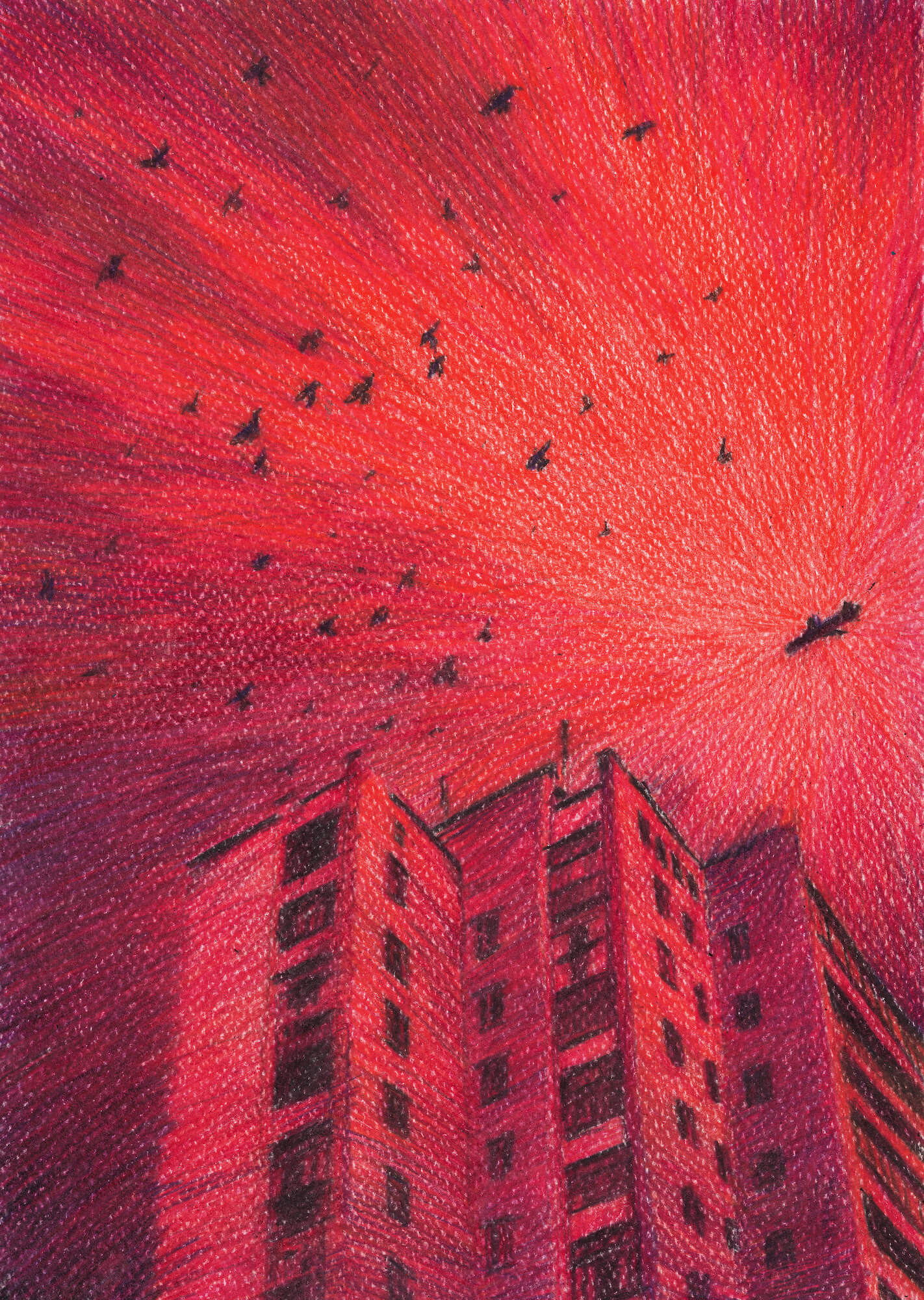
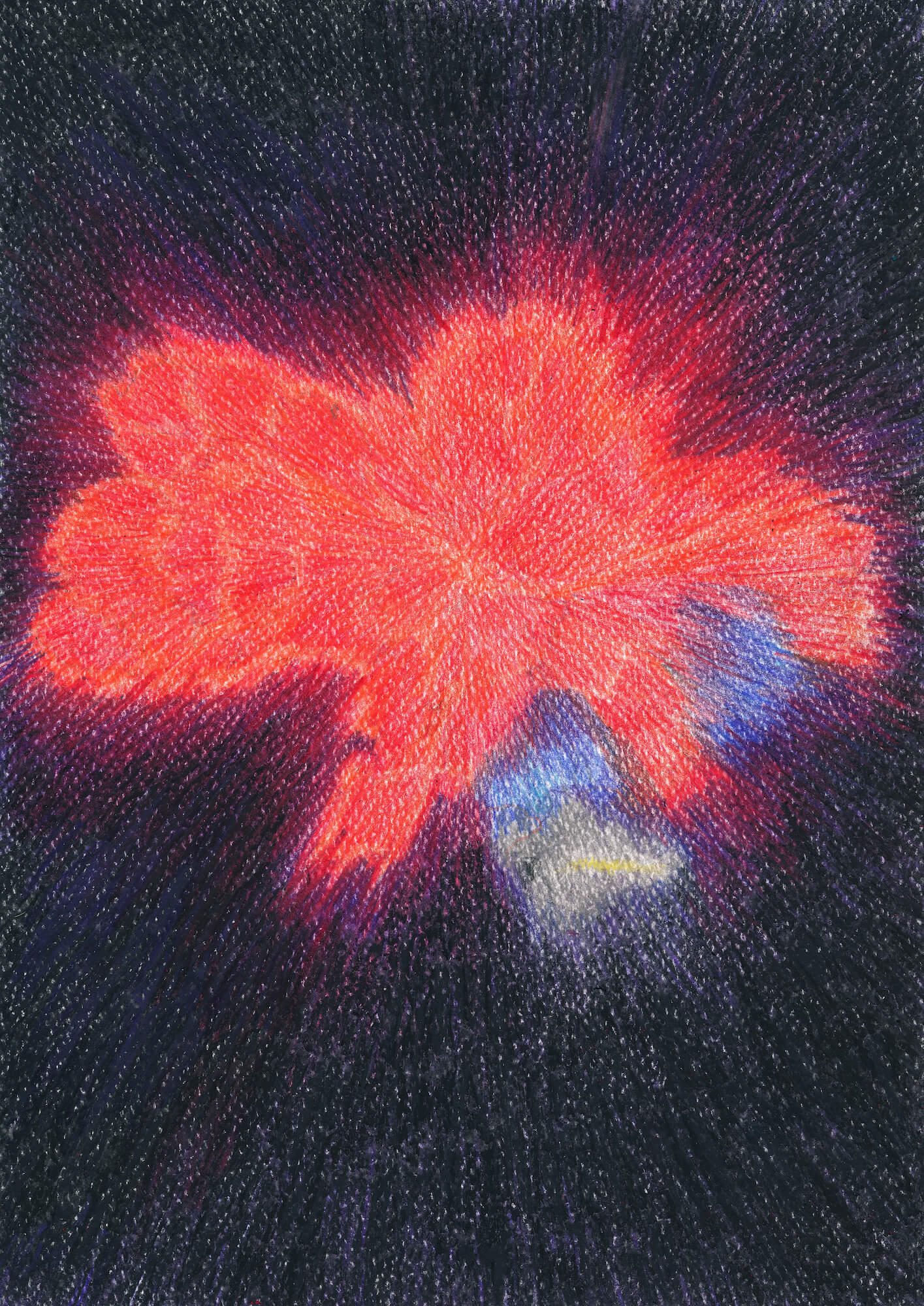
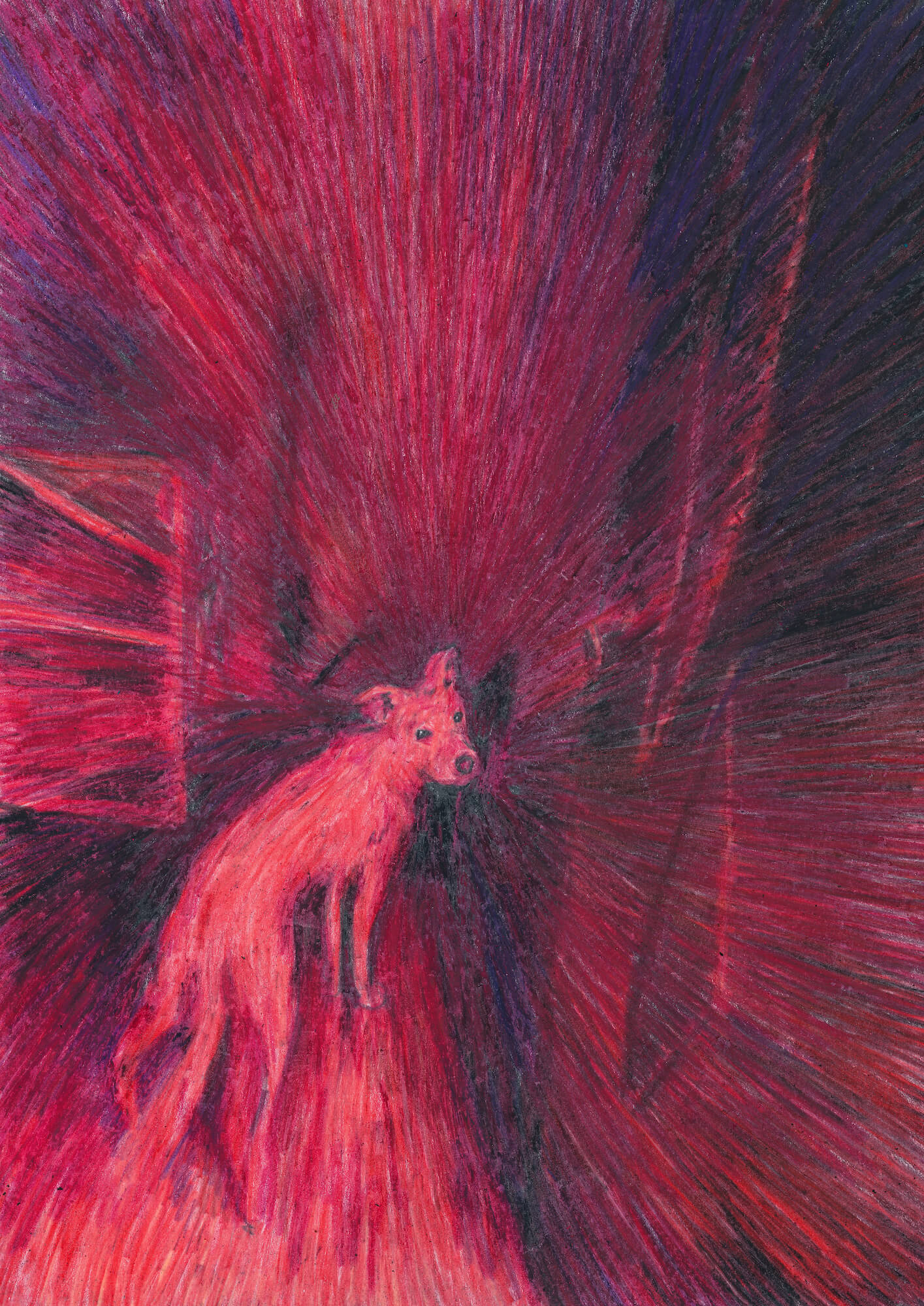
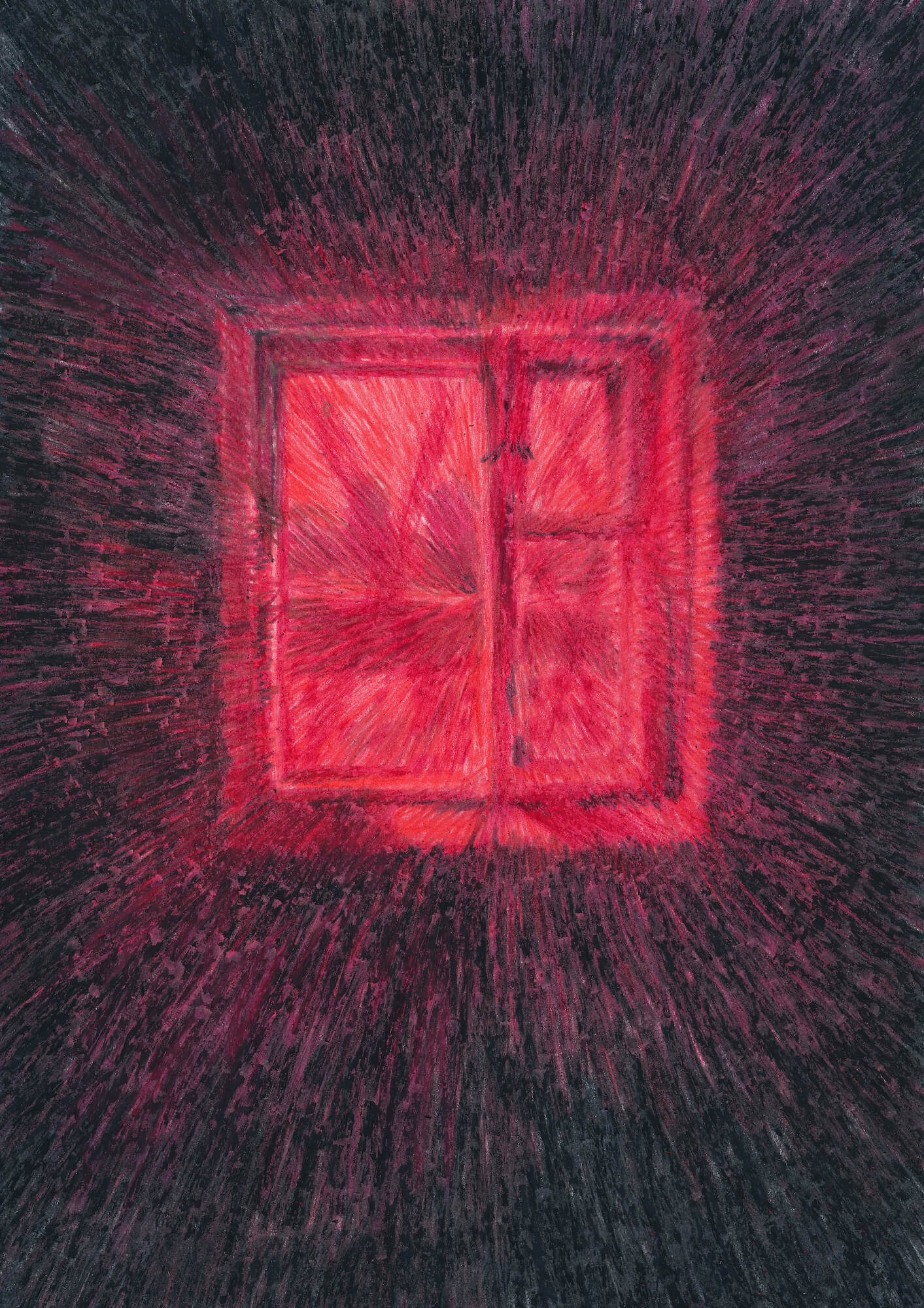
Now I am staying in Odesa, living in the same apartment, working during the day and sketching in the evenings. Sometimes air raid sirens go off, but it’s relatively calm in the city. So I just go on doing what I have always been doing, although I have different goals and meanings to work with. Now the main goal is to win all the battles, including the cultural one.
None of us will ever be able to come back to the world that existed before February 24. The current events are what our lives are at the moment. You have to get used to them. Sometimes, I get this odd overwhelming feeling when I think that Odesa seems to be living a normal life, with children playing in parks and people eating out, while Mykolaiv, which is so close to it, is shelled every day, and every other day, people get killed.
It’s important to understand: if you can stay at home and work, that’s thanks to our armed forces, border guards, the National Guard, territorial defense forces, and all the country’s defenders. So you really need to help them and donate regularly, without ever stopping. A pickup truck bought for a unit may be destroyed the following day, so they’ll need another one.
Sometimes, I get this odd overwhelming feeling when I think that Odesa seems to be living a normal life, while Mykolaiv, which is so close to it, is shelled every day.
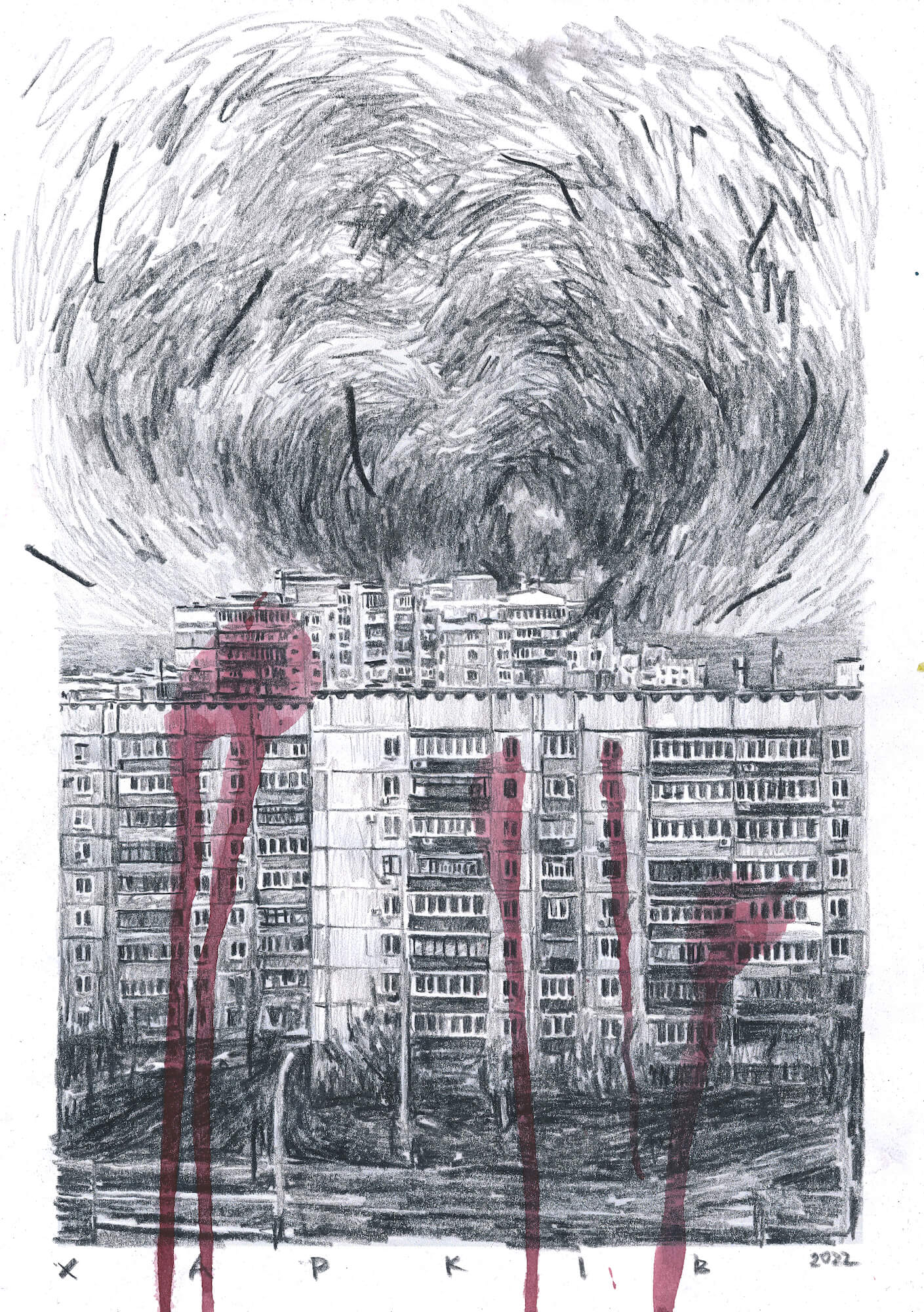
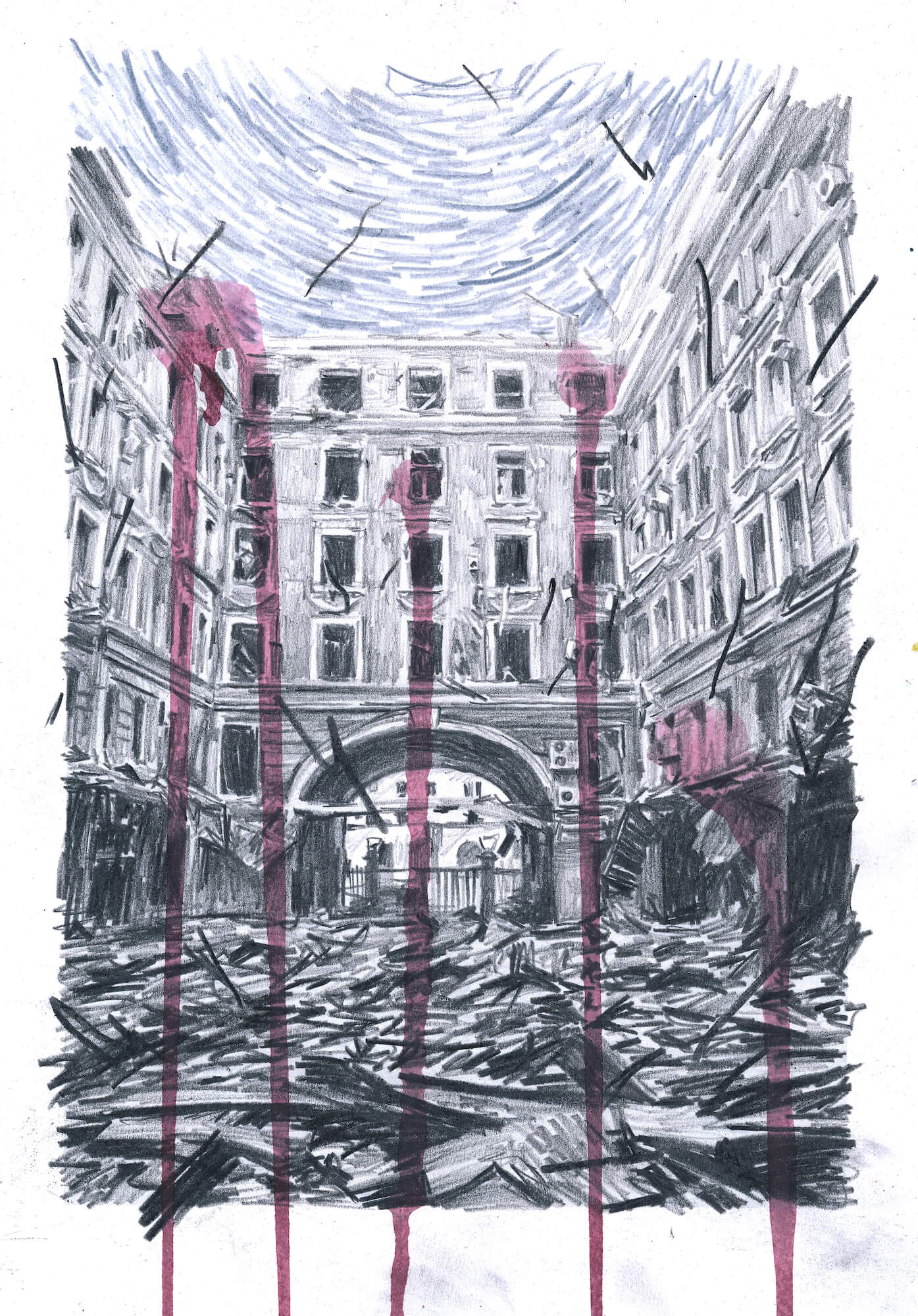
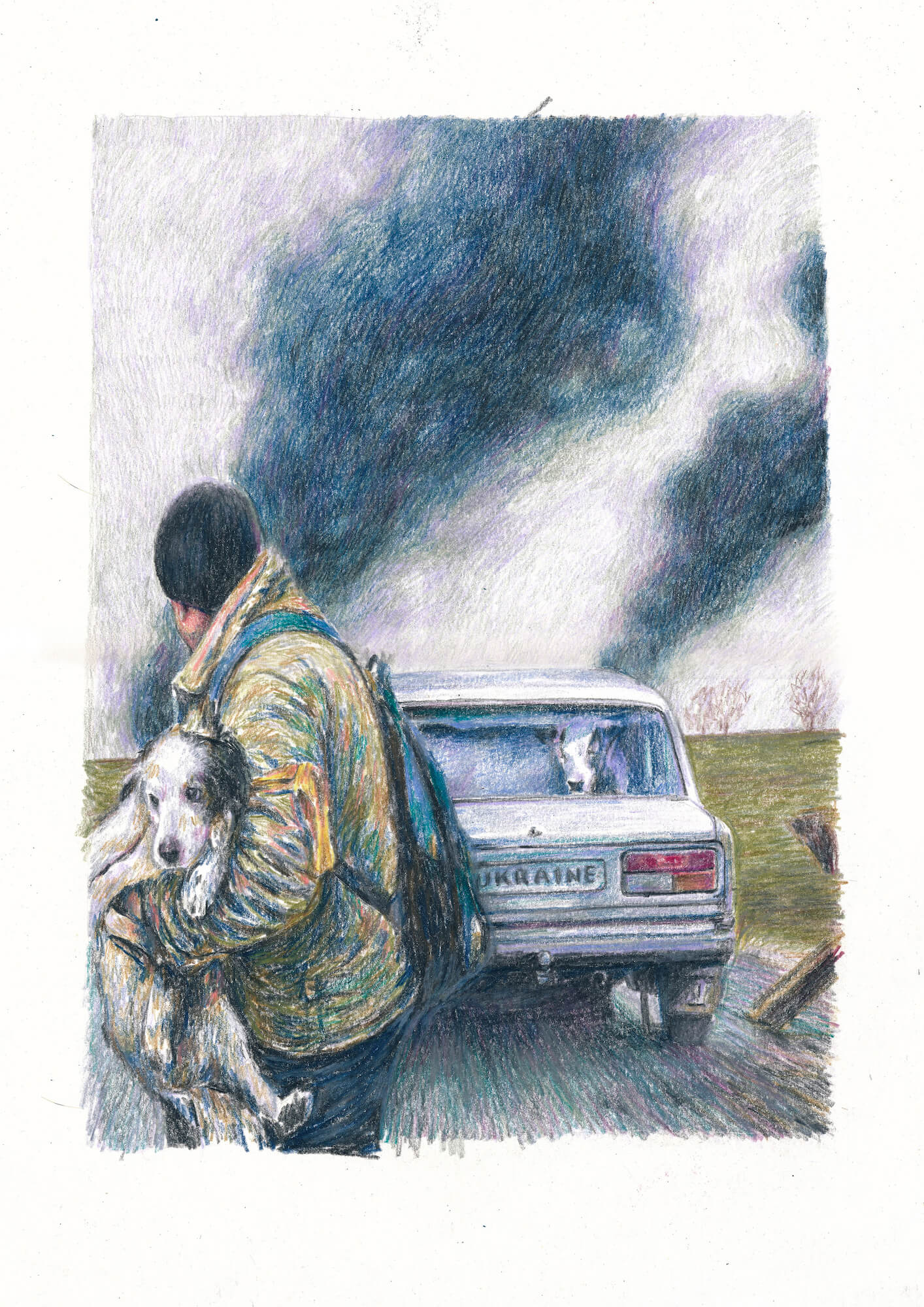
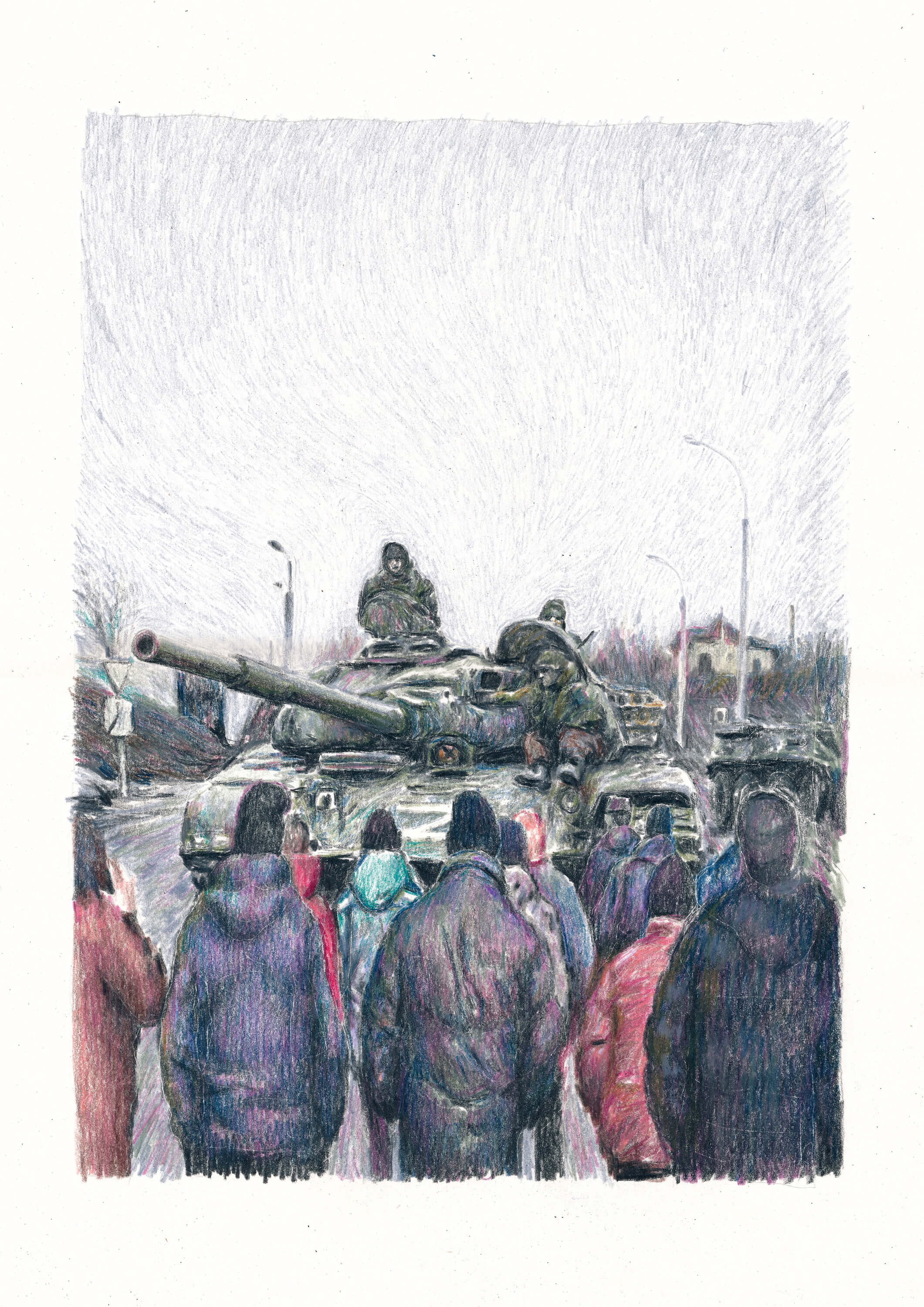
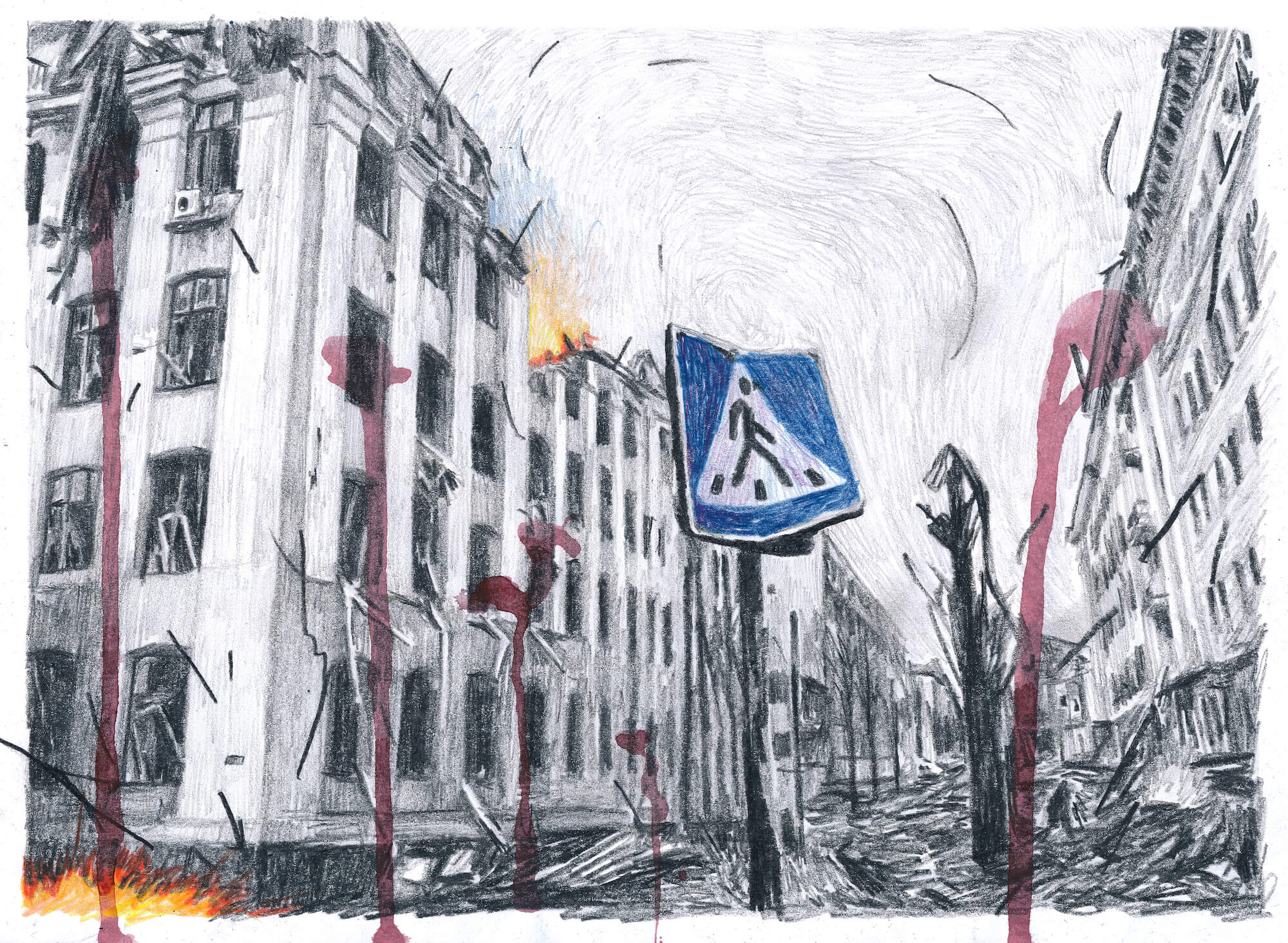
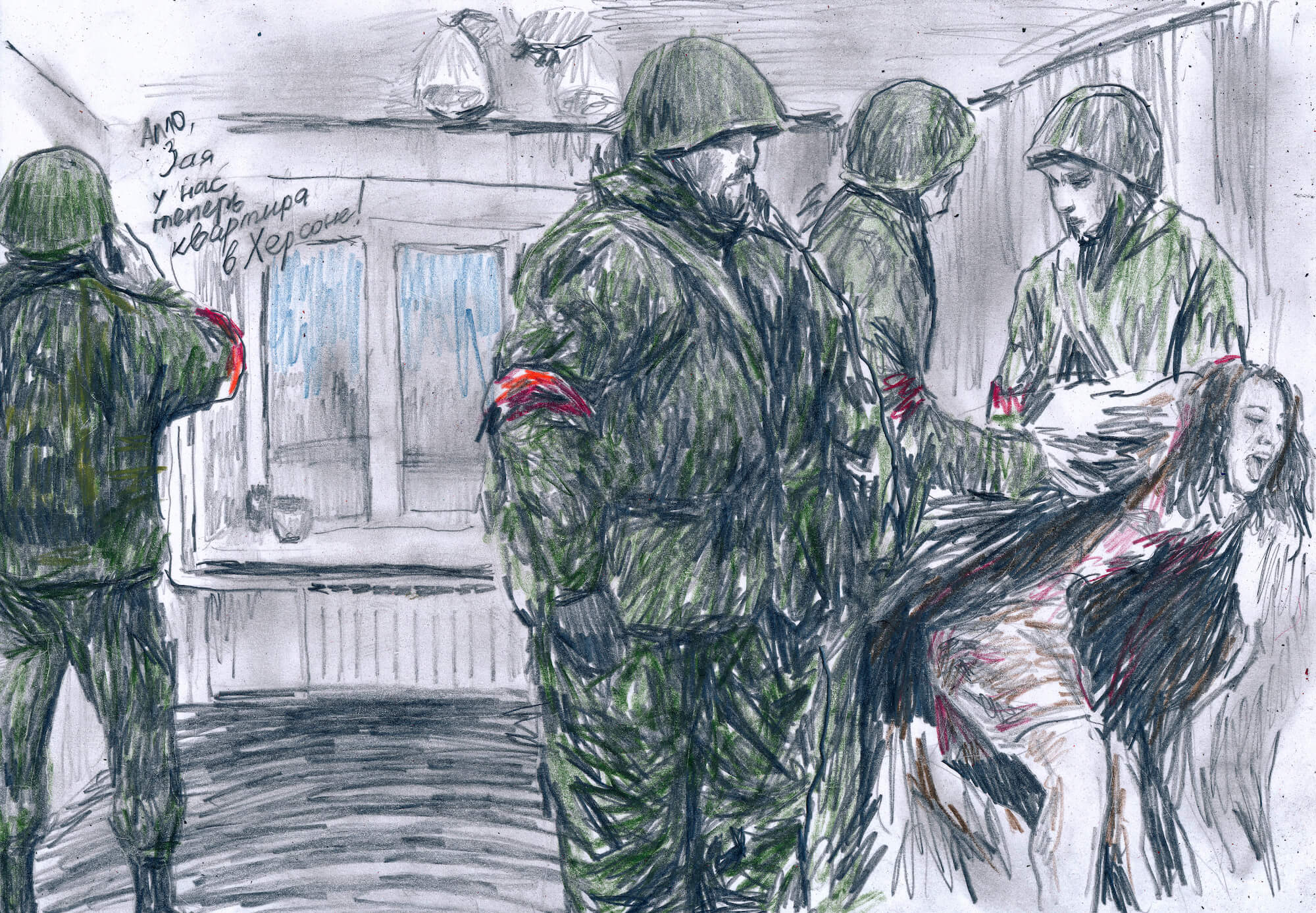
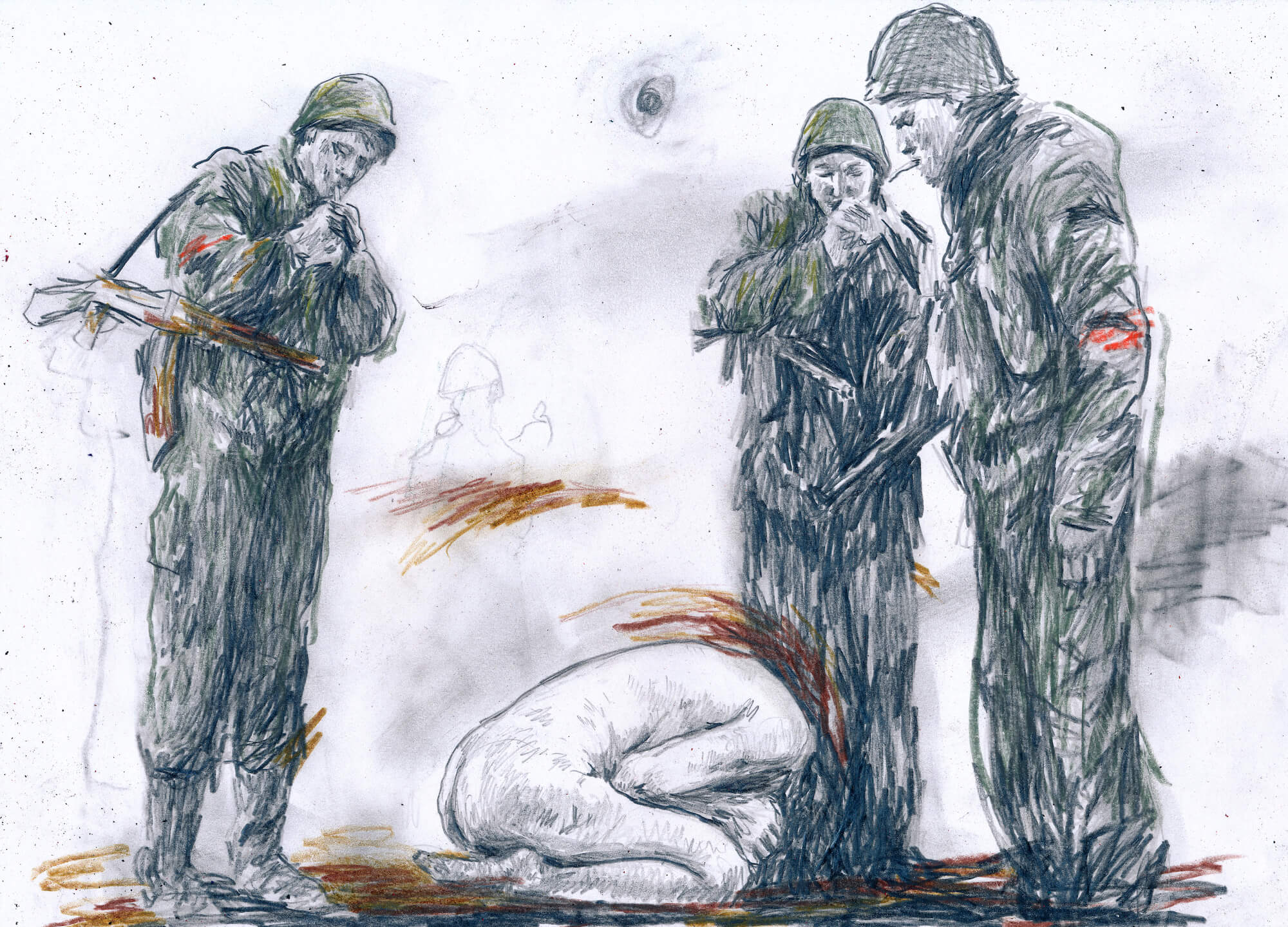
I started sketching again two weeks after the full-scale invasion started. By that time, my initial shock had subsided, and I came back home from my friends’ place. At first, I just drew from photos because it was too hard to create images from my head. I basically documented the events as if my sketchbook were a diary. But time went on, and my images came to me.
Black Holes is a series of 25 drawings with a black square or rectangular shape in each that acts as a window in a destroyed house. Inside each shape, there are subtle outlines of the life that will be no more. The aqWARelle series comprises quick watercolor sketches. There was a moment when pencils seemed inappropriate to use. I needed sloppy stains and streaks. The war just cannot be turned into careful, tidy art. While some of my works look like they are refined, they often have holes in the paper and a lot of emotion poured into them. But I do realize I lack boldness, as it were. I’m working on it.
The war just cannot be turned into careful, tidy art.
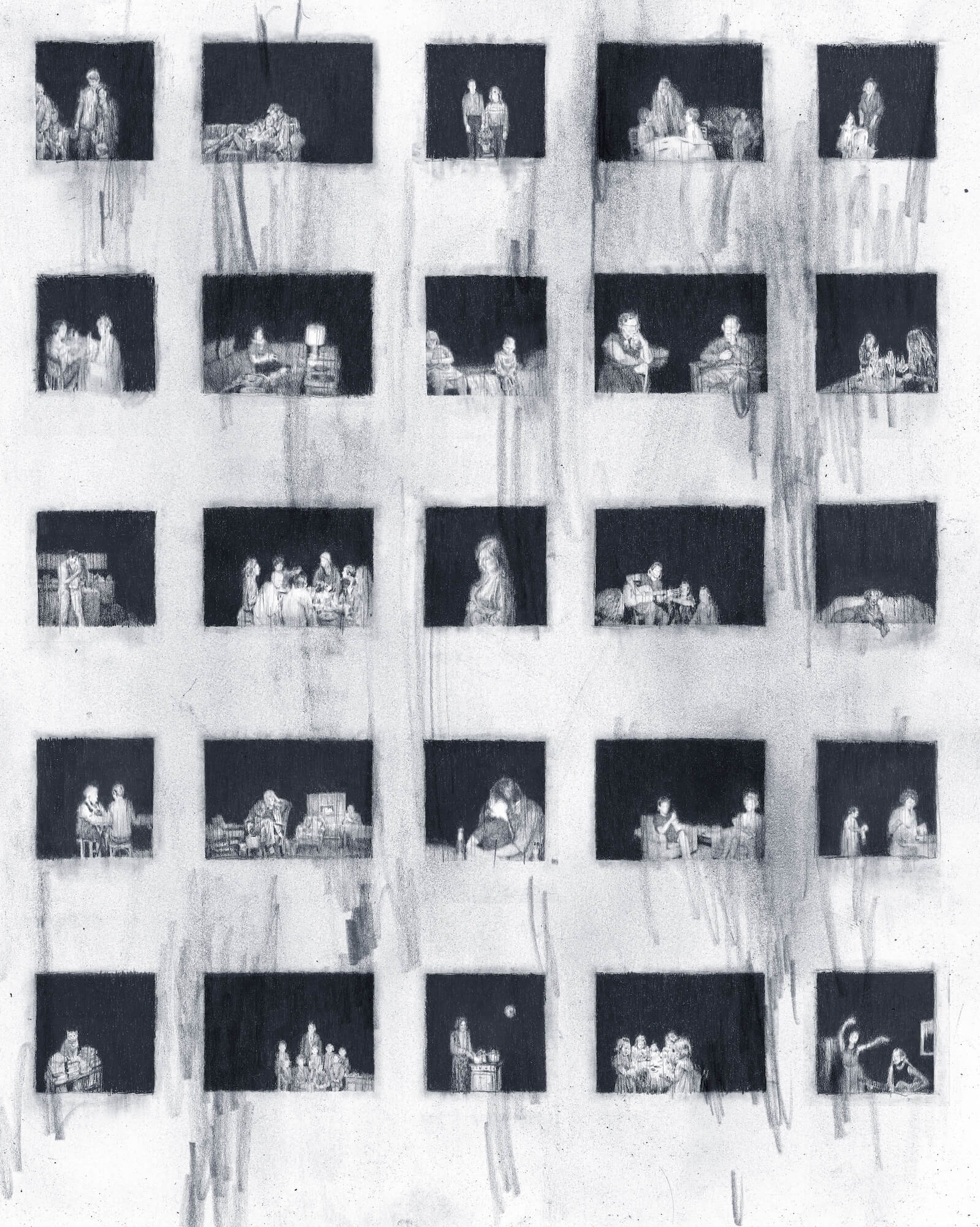
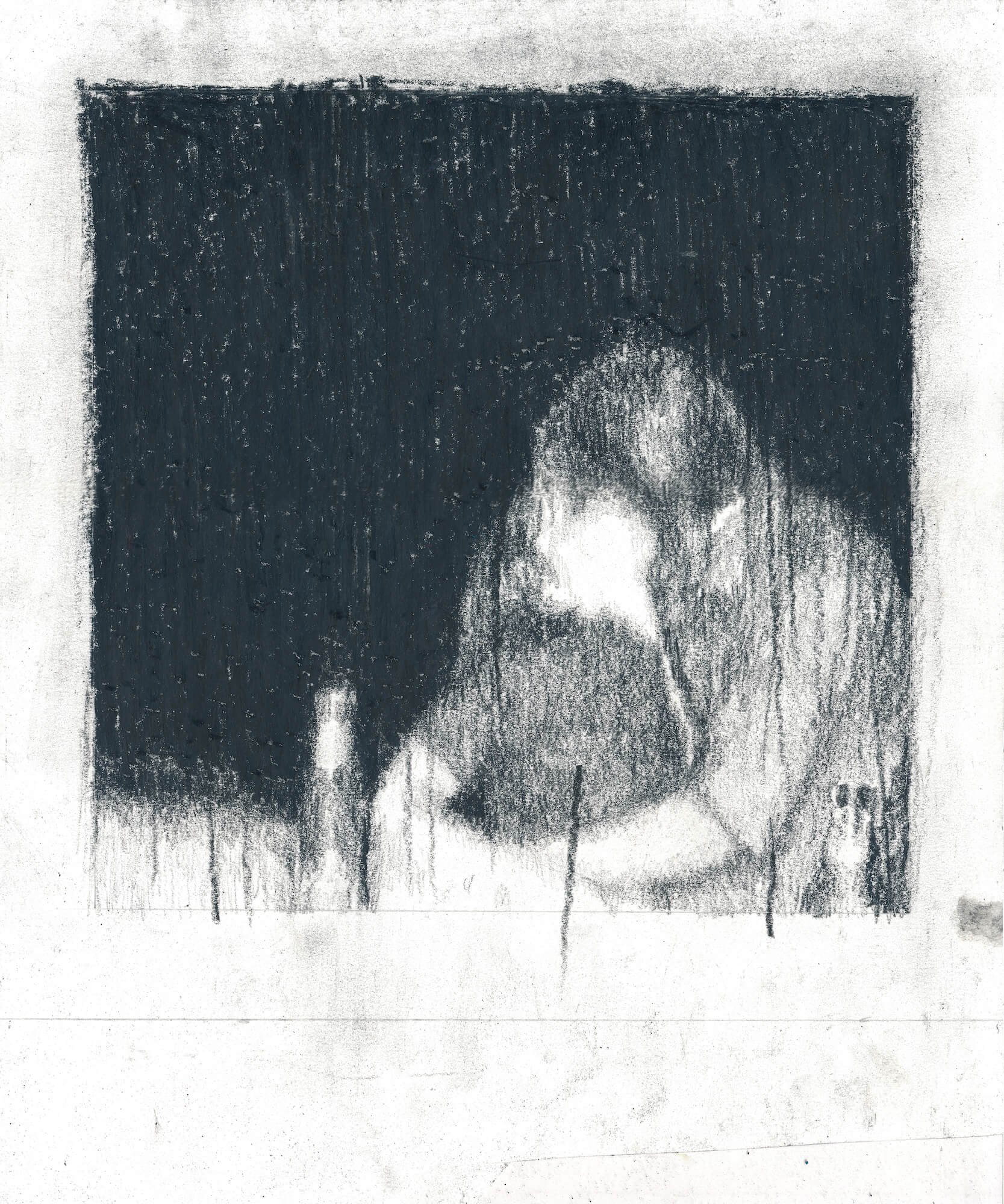
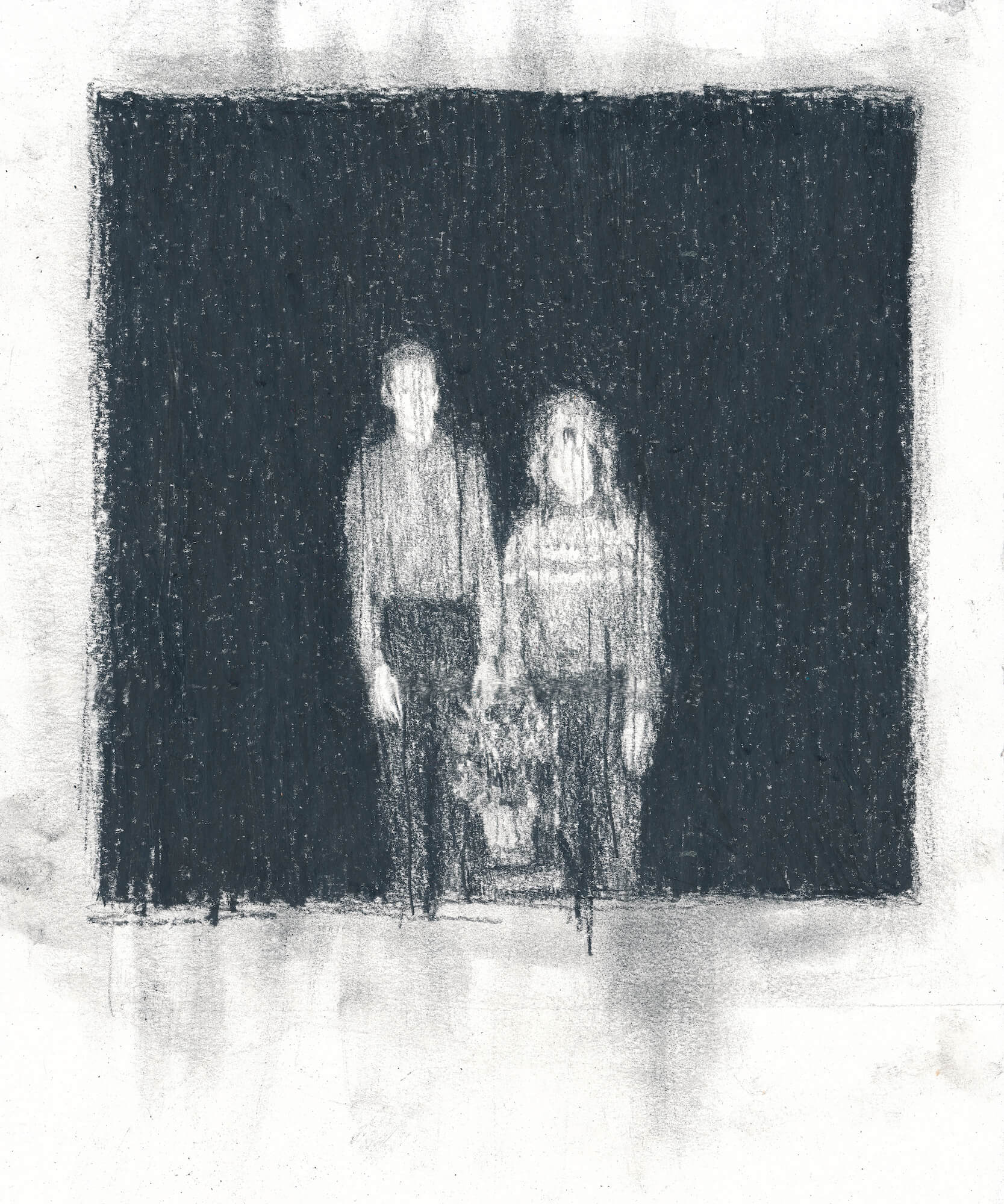
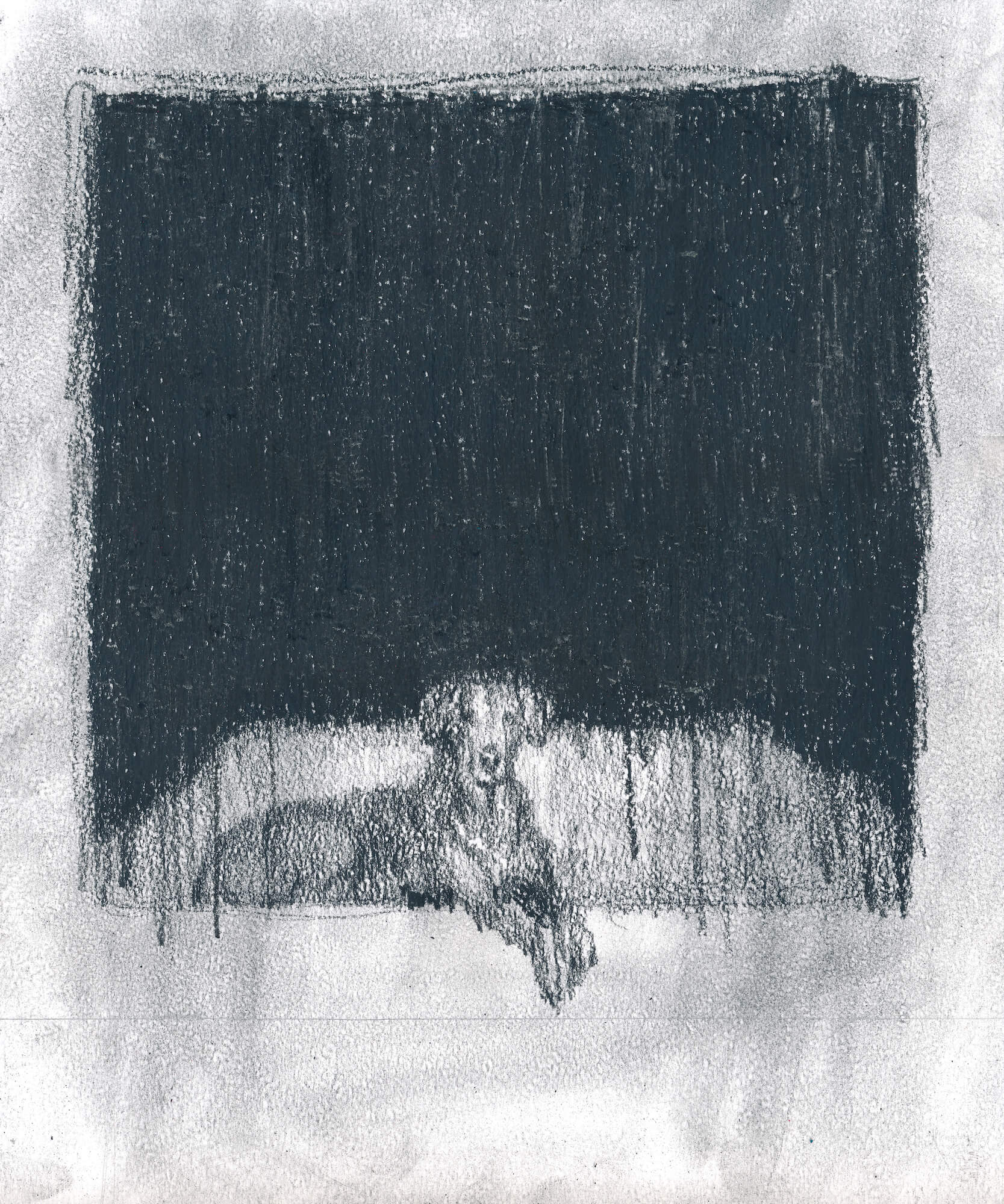
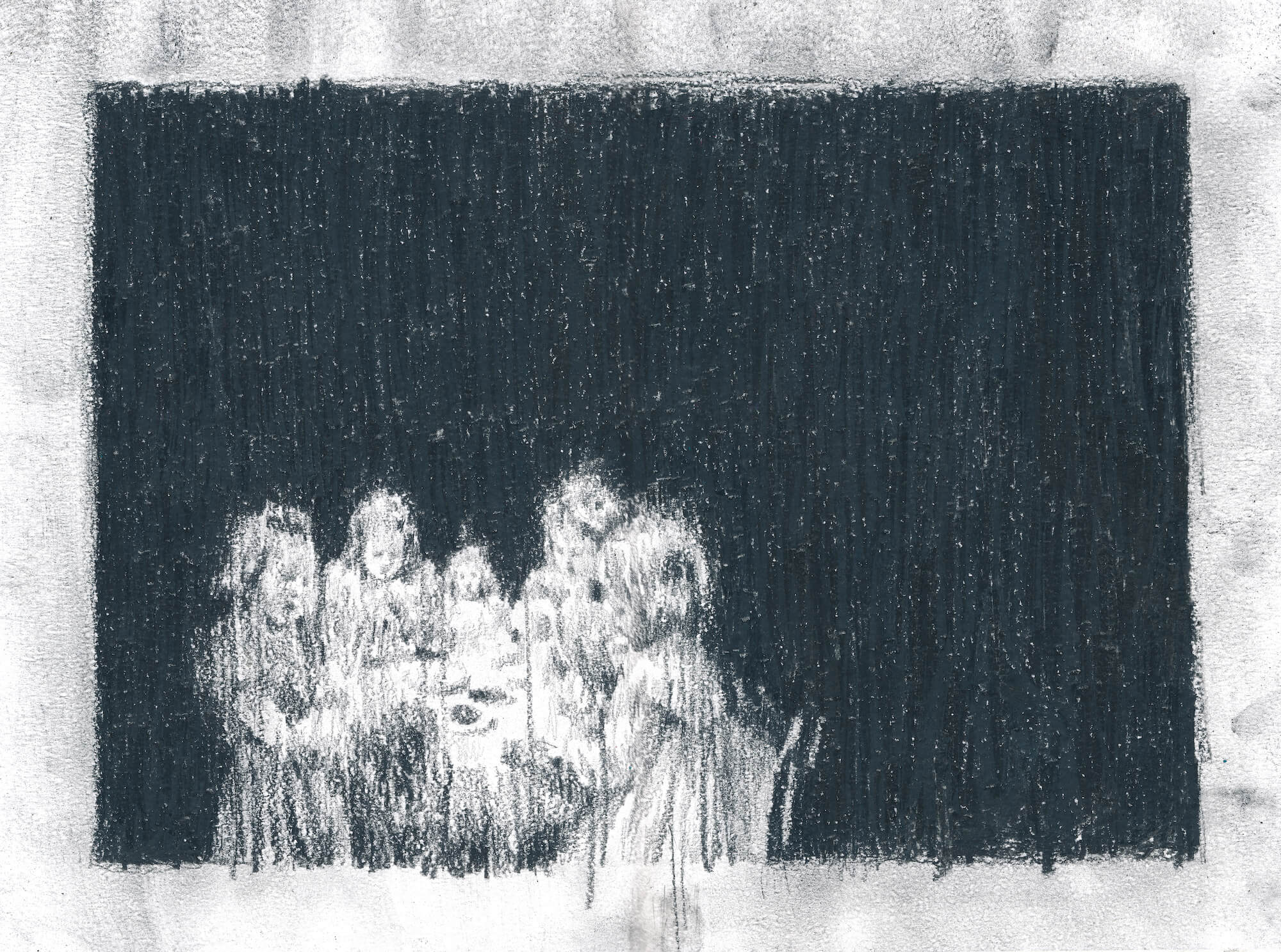
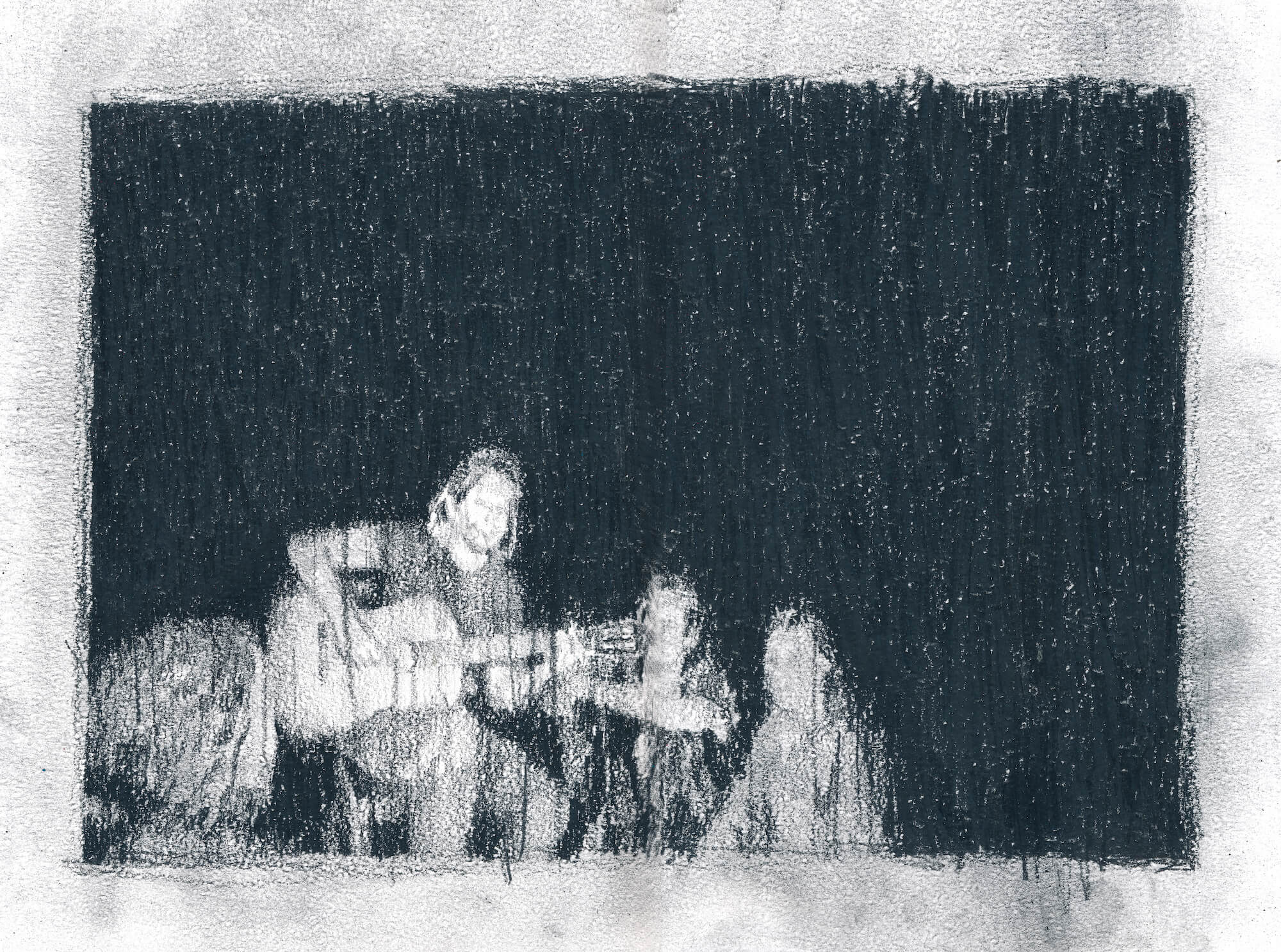
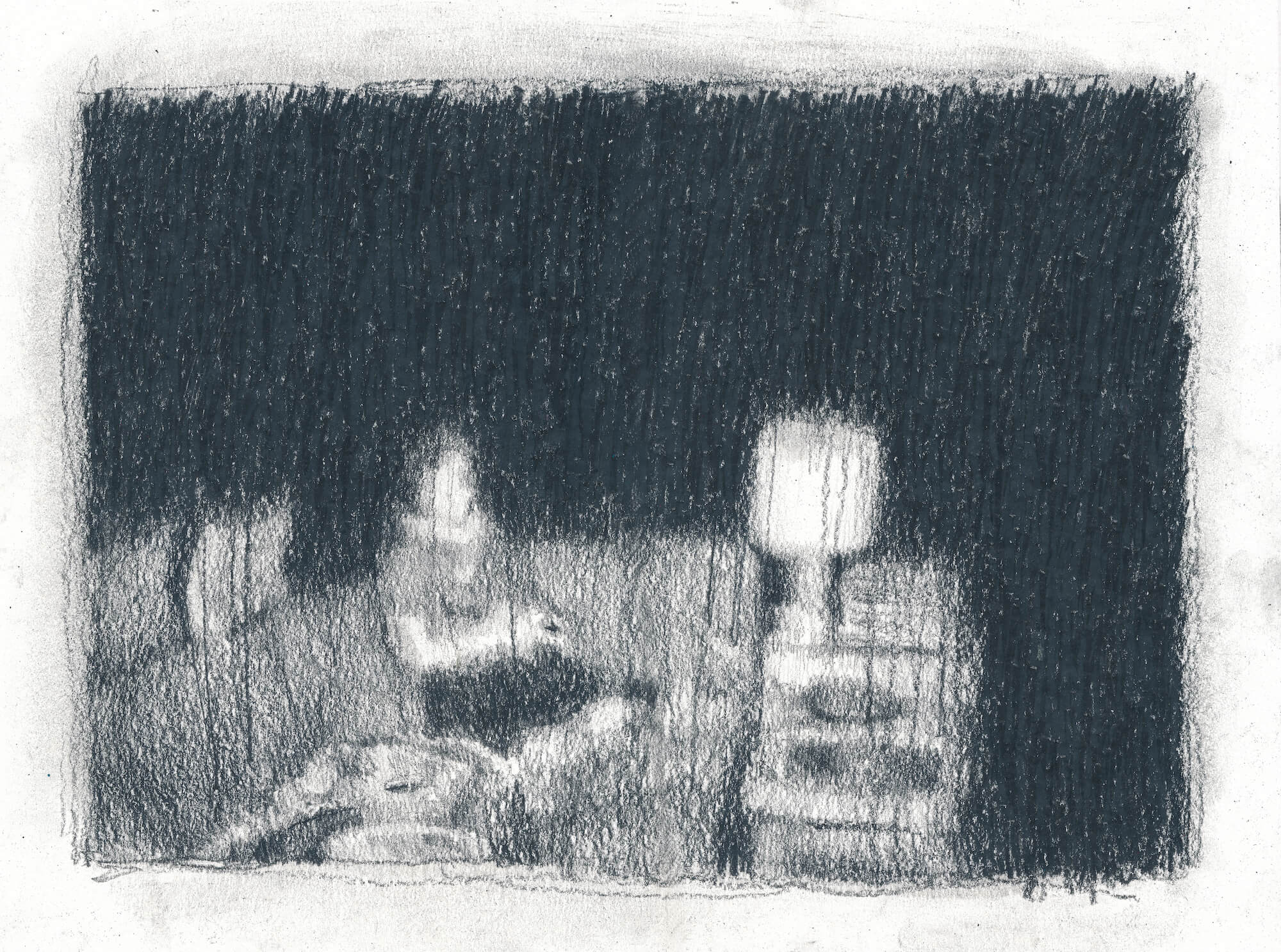

Now I draw mainly with watercolor pencils on paper. I used only A4 sheets before, and now I may use A1, although sometimes I don’t have enough time for works of this size. One large work can take a week, and another, just one evening.
The war gives birth to all too many images. Some of them get imprinted into your subconscious forever. The most striking for me were the photos of killed children. I cannot accept it, and I don’t know how to live with it.
Since the full-scale war started, I have had many exhibitions abroad, but I only showed my works only as prints: they were sold, and I donated the money towards humanitarian aid for Ukraine. A few of my drawings will be in Dymchuk Gallery in Kyiv until August 7. I might have my own exhibition there soon. Whenever any of my works is sold, I give all the money straight away to the Kharkiv volunteer hub, “Kulturnyi Shock.” I also send out prints with drawings, artbooks, and the zine we made with Kadanov in exchange for donations to volunteers.
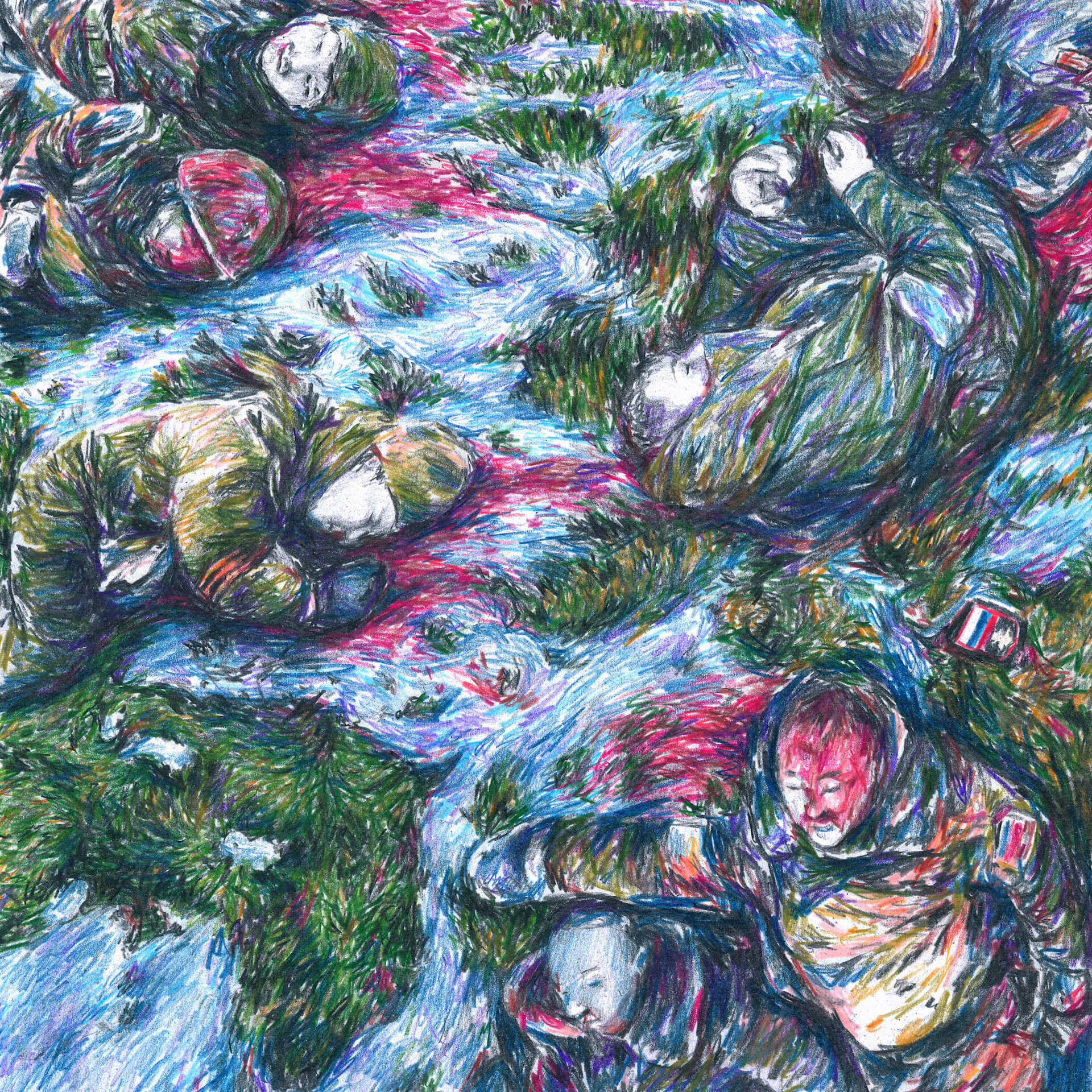
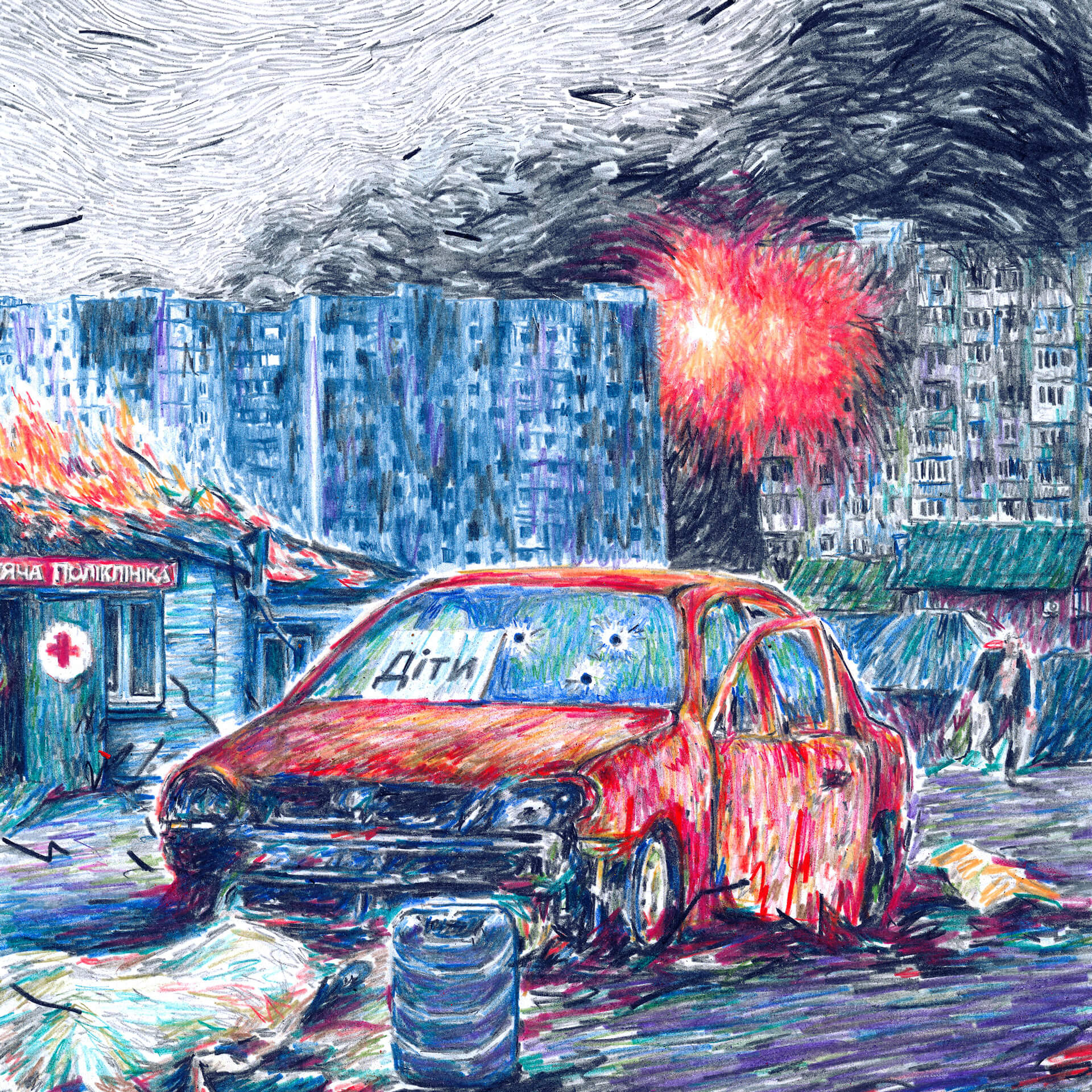
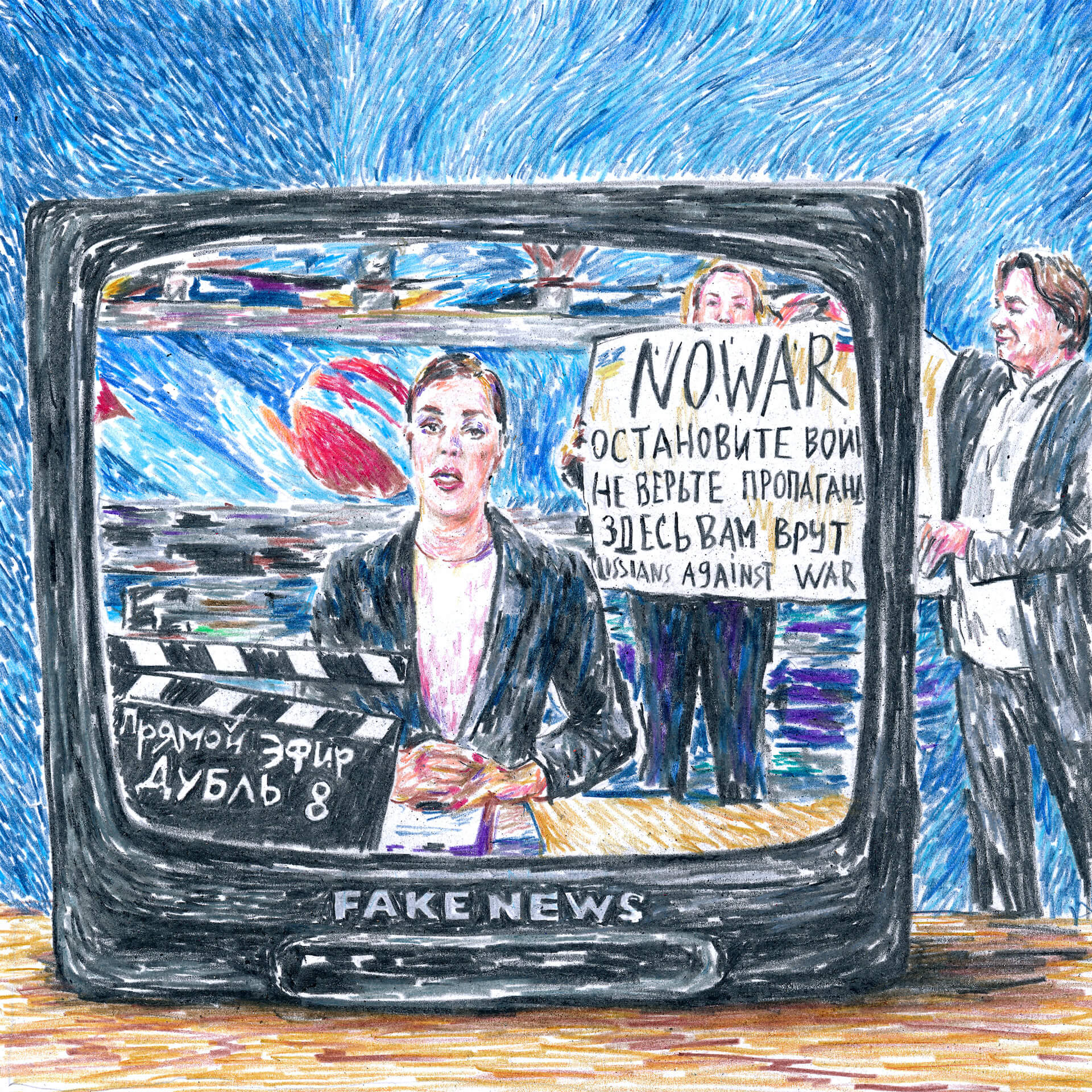

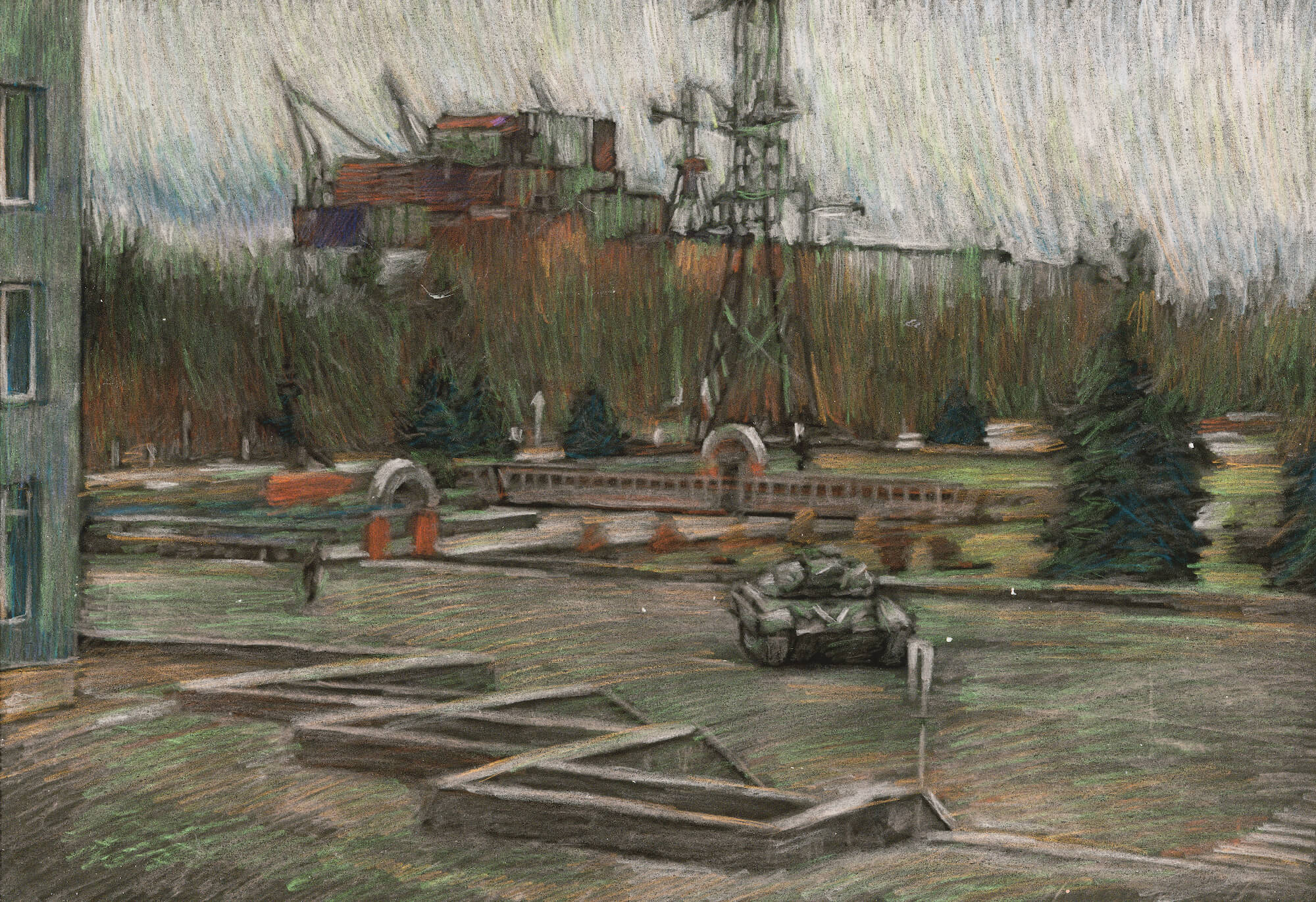
My feelings about Russia have been changing since 2014, but unfortunately, that wasn’t happening fast enough. I could listen to some Russian underground music, watch movies by Russian directors, read books by Russian writers, but on February 24, I knew I would never do that again. I started to read more in Ukrainian. Now I’m reading Mstyslav Chernov’s “Chasy Snovydin.” I’m not yet good at speaking Ukrainian at all, but I’m not too worried about it. I know I’ll get better at it later as long as I don’t stop.
Ukraine needs to distance itself from the enemy’s culture. It’s the culture that allows the stalins and the putins to exist and gives birth to ruscism in the first place and then tries to find excuses for all of that. I hope that in the future, we can build a big wall between Ukraine and Russia, both on land and in culture. We have a long road ahead, but it’s the only right way. My father lives in Russia, but we haven’t spoken for many years. And I don’t want to say anything to Russians. I see no point.
I hope that in the future, we can build a big wall between Ukraine and Russia, both on land and in culture.
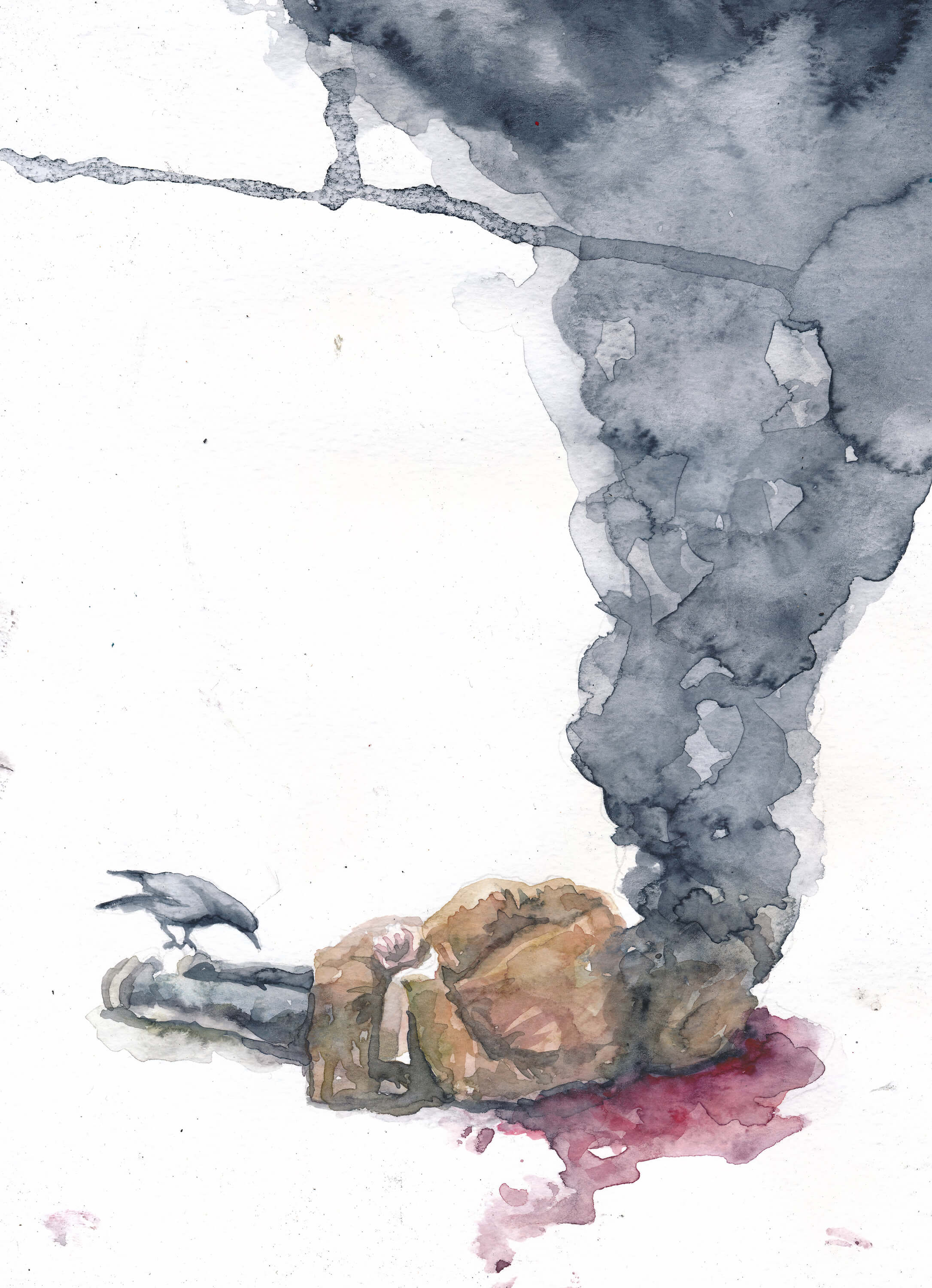
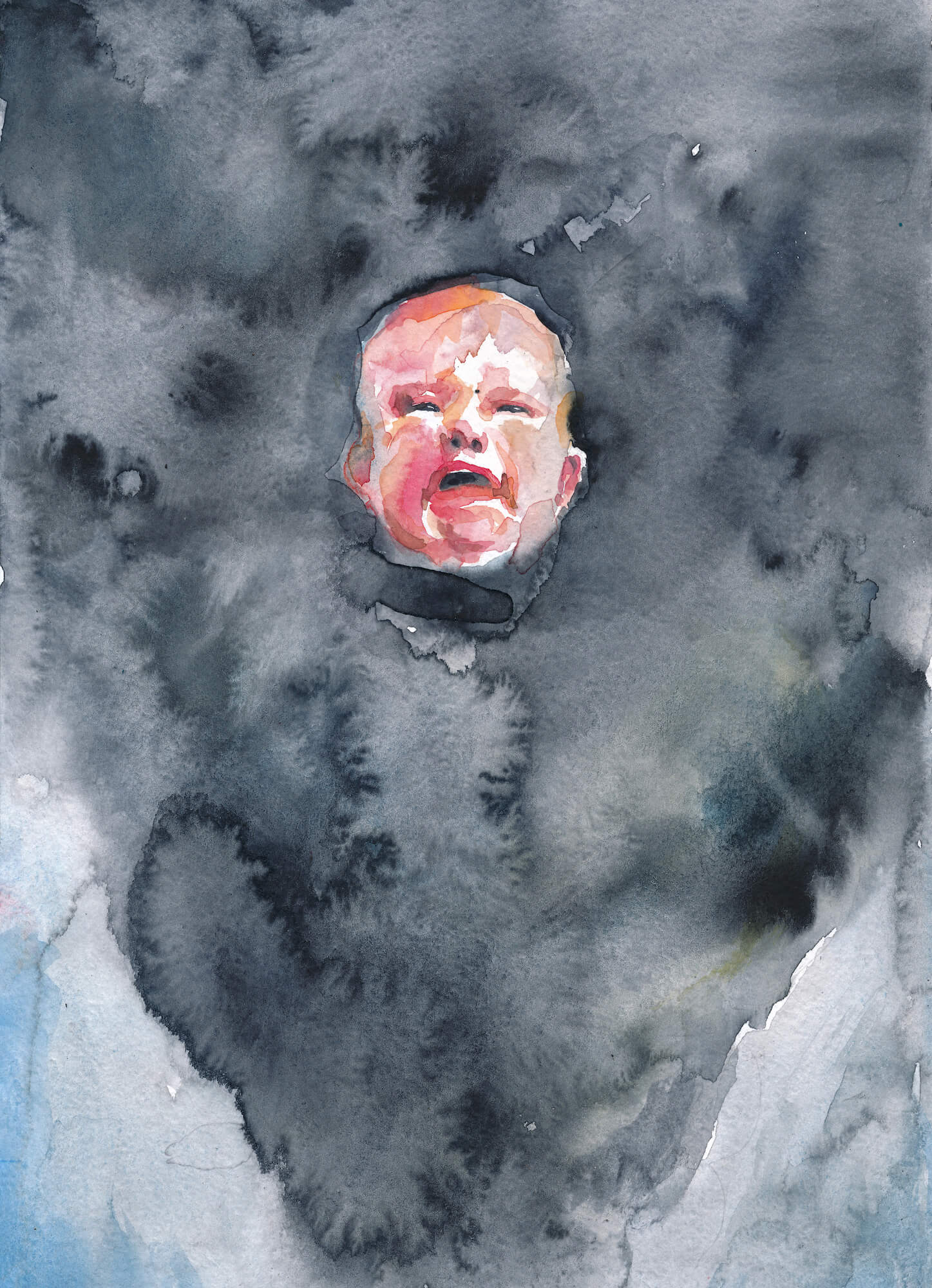
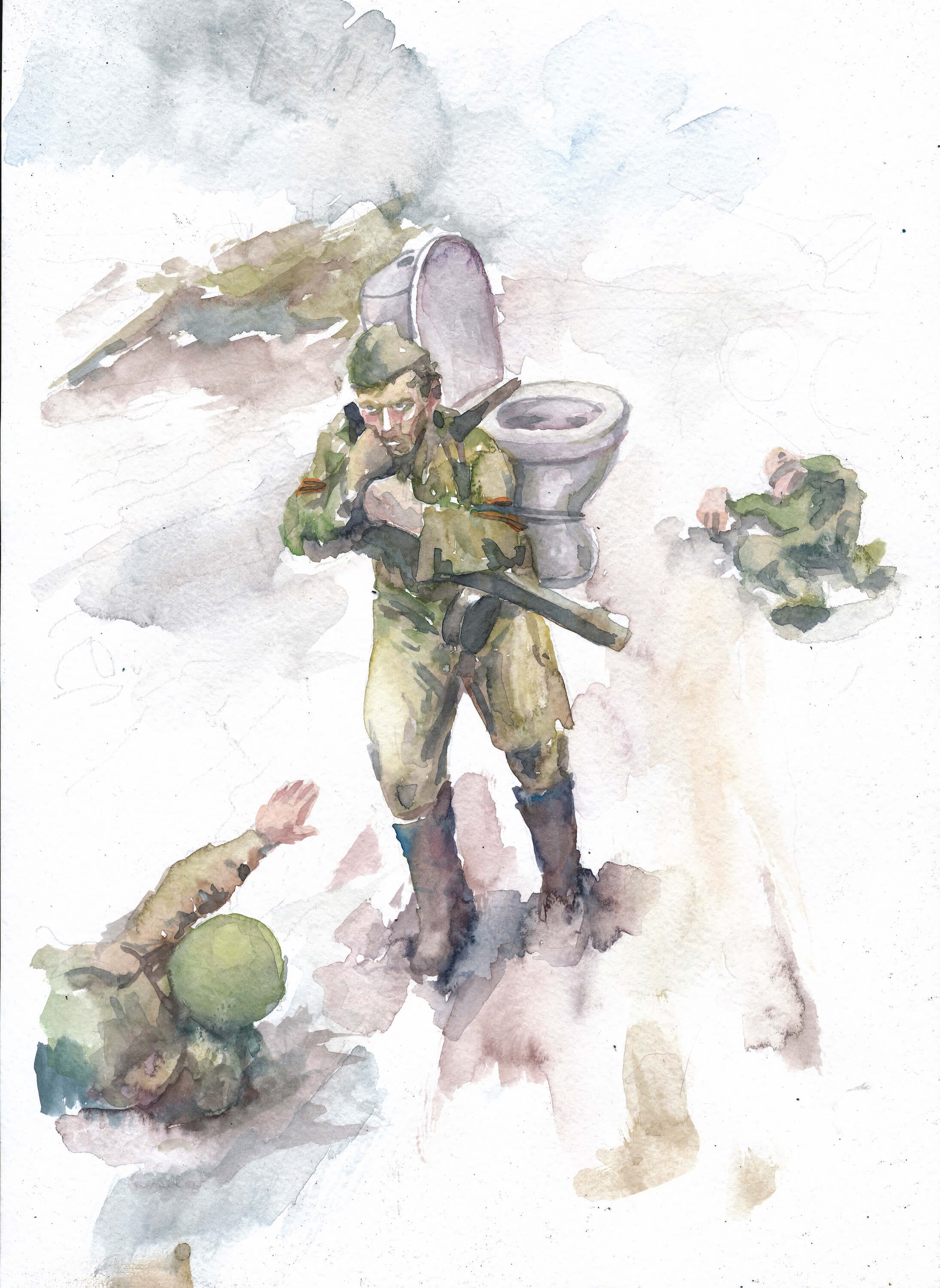
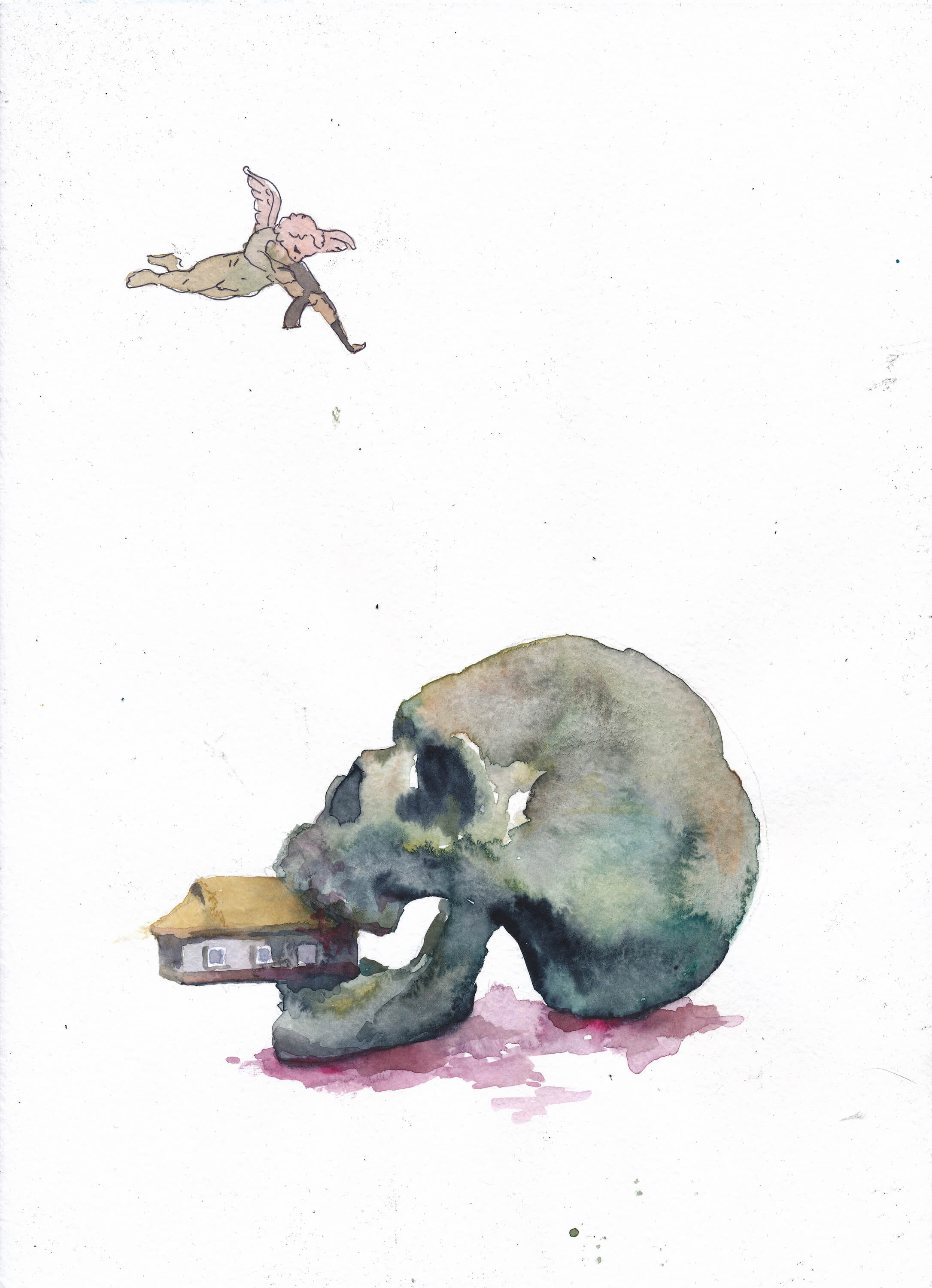
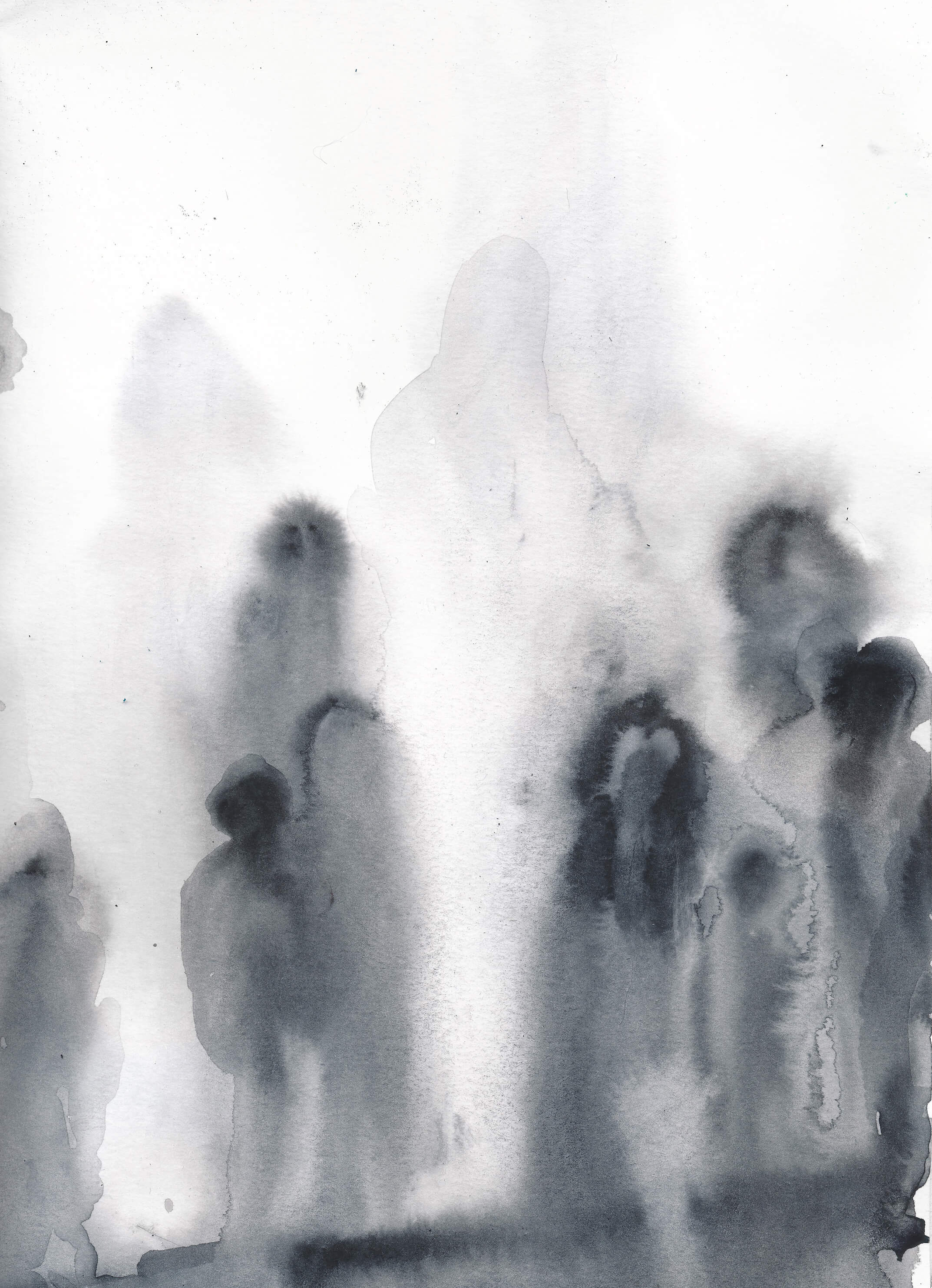
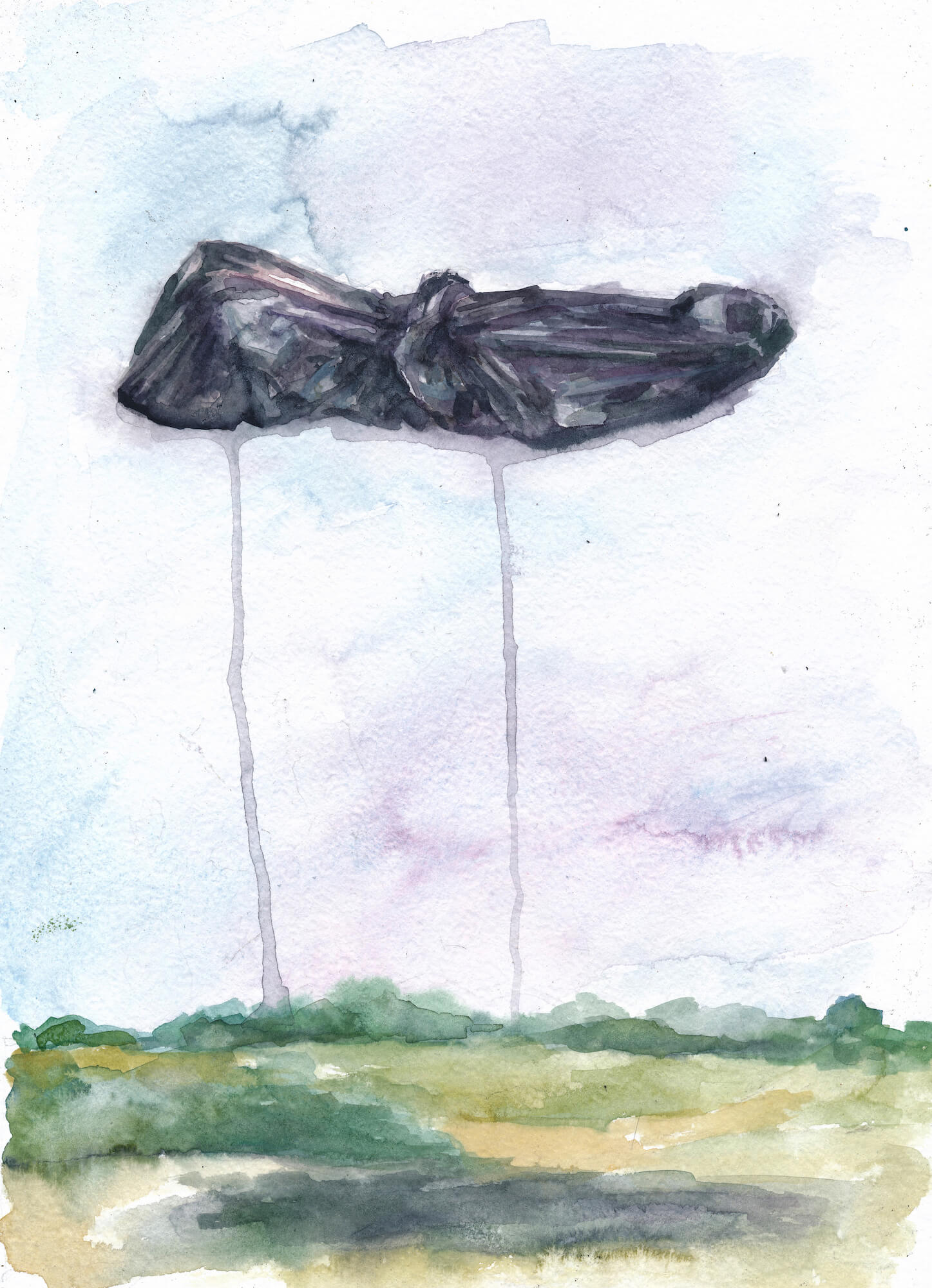
New and best
